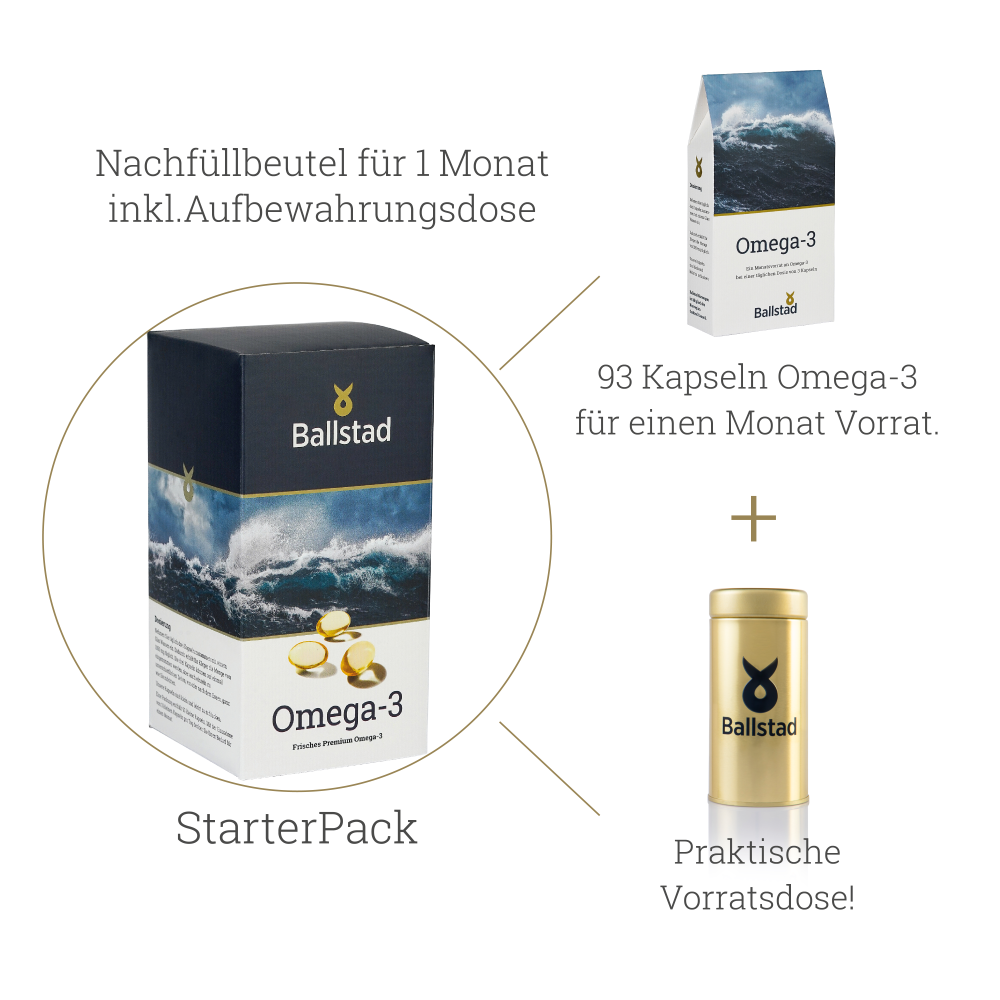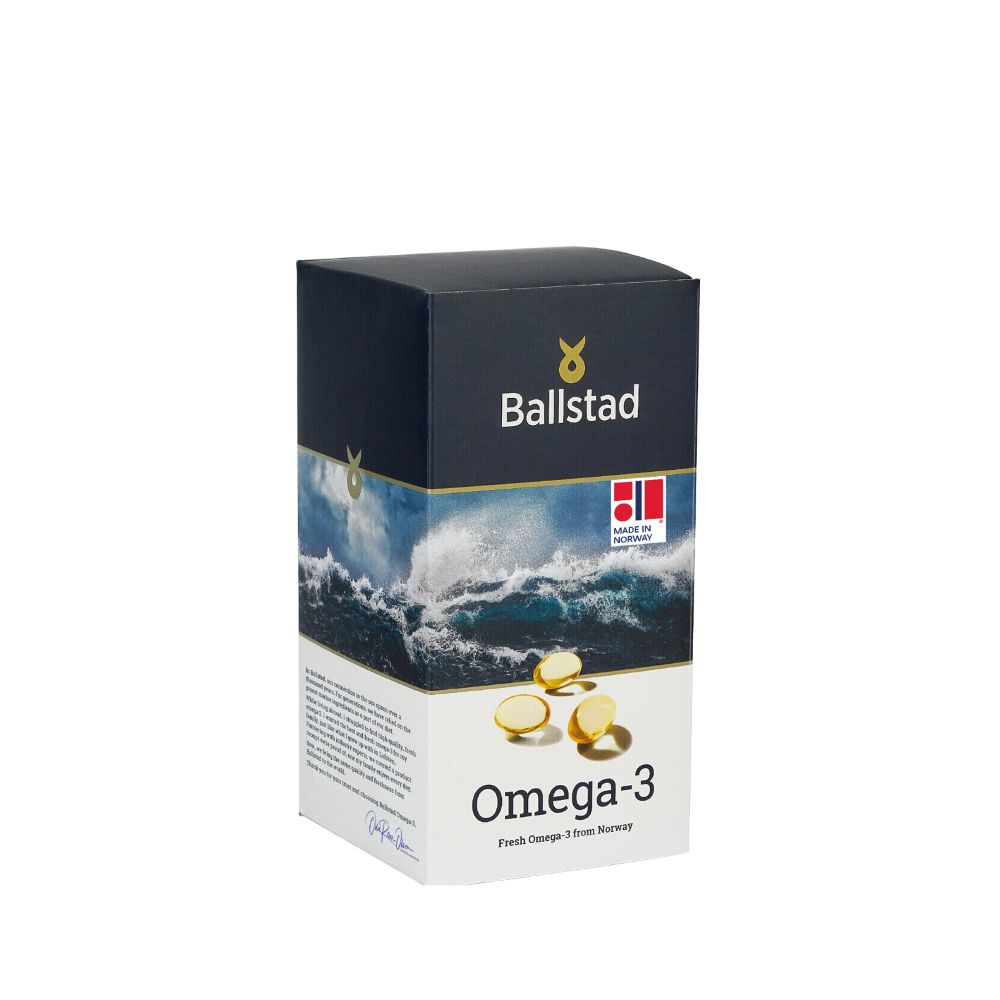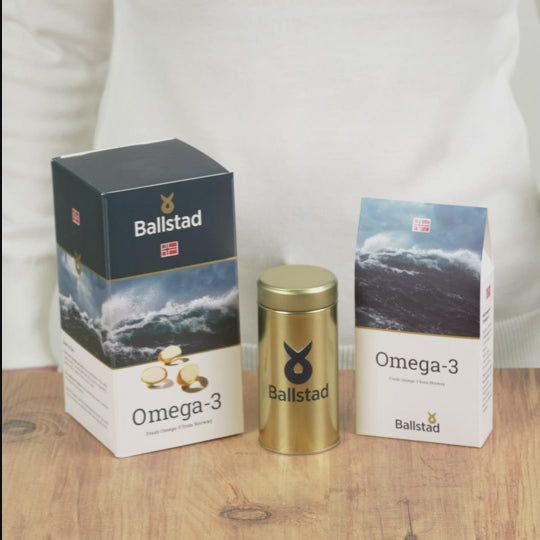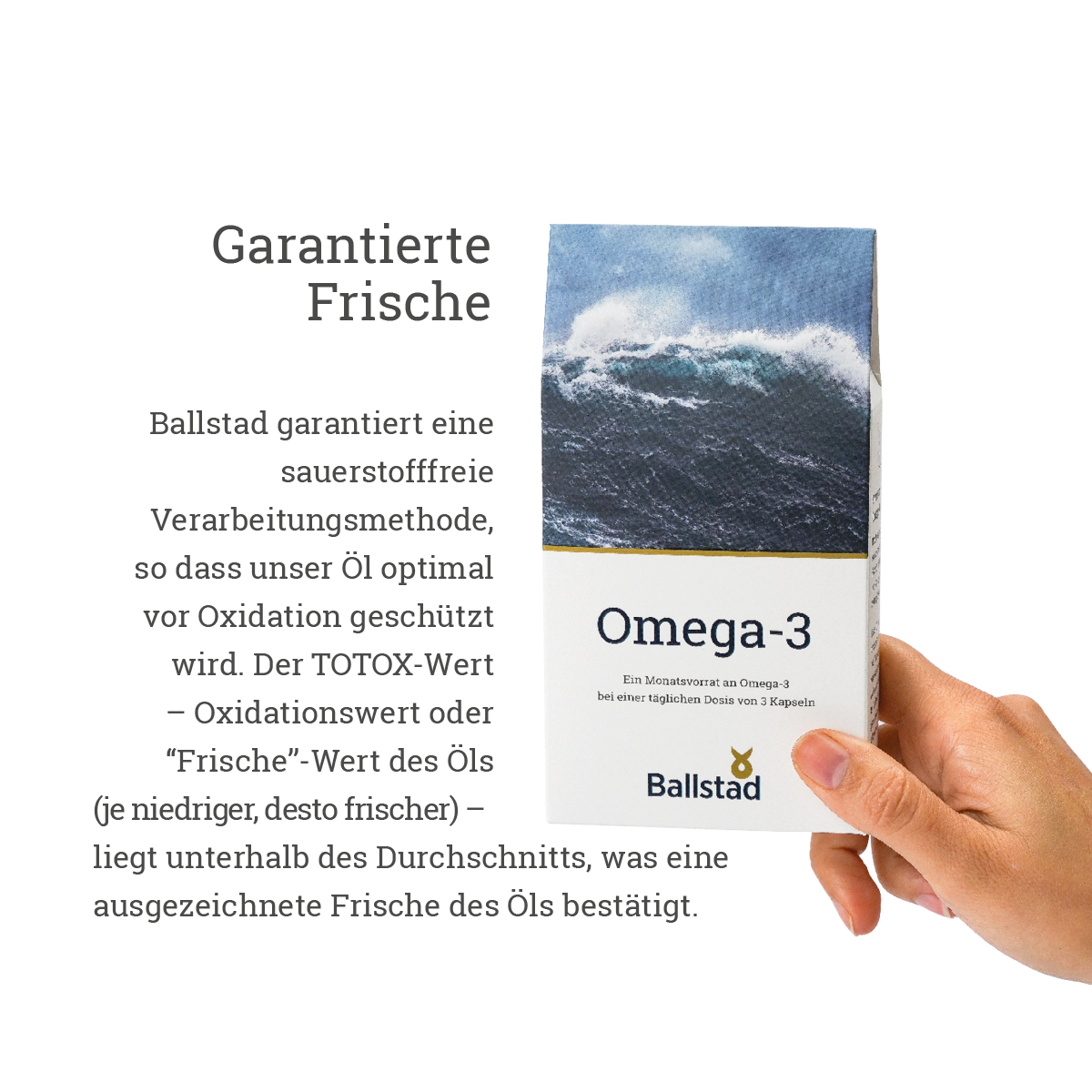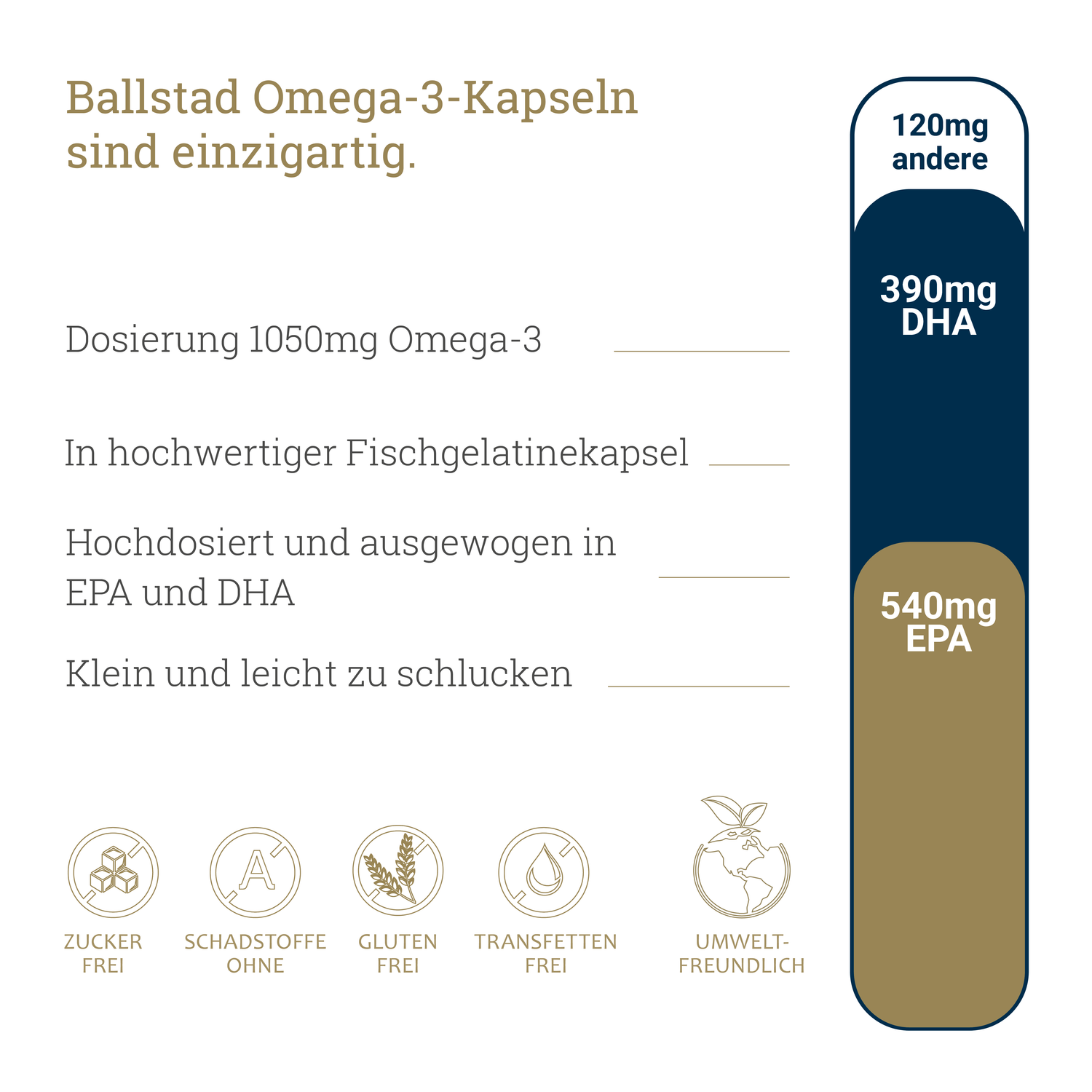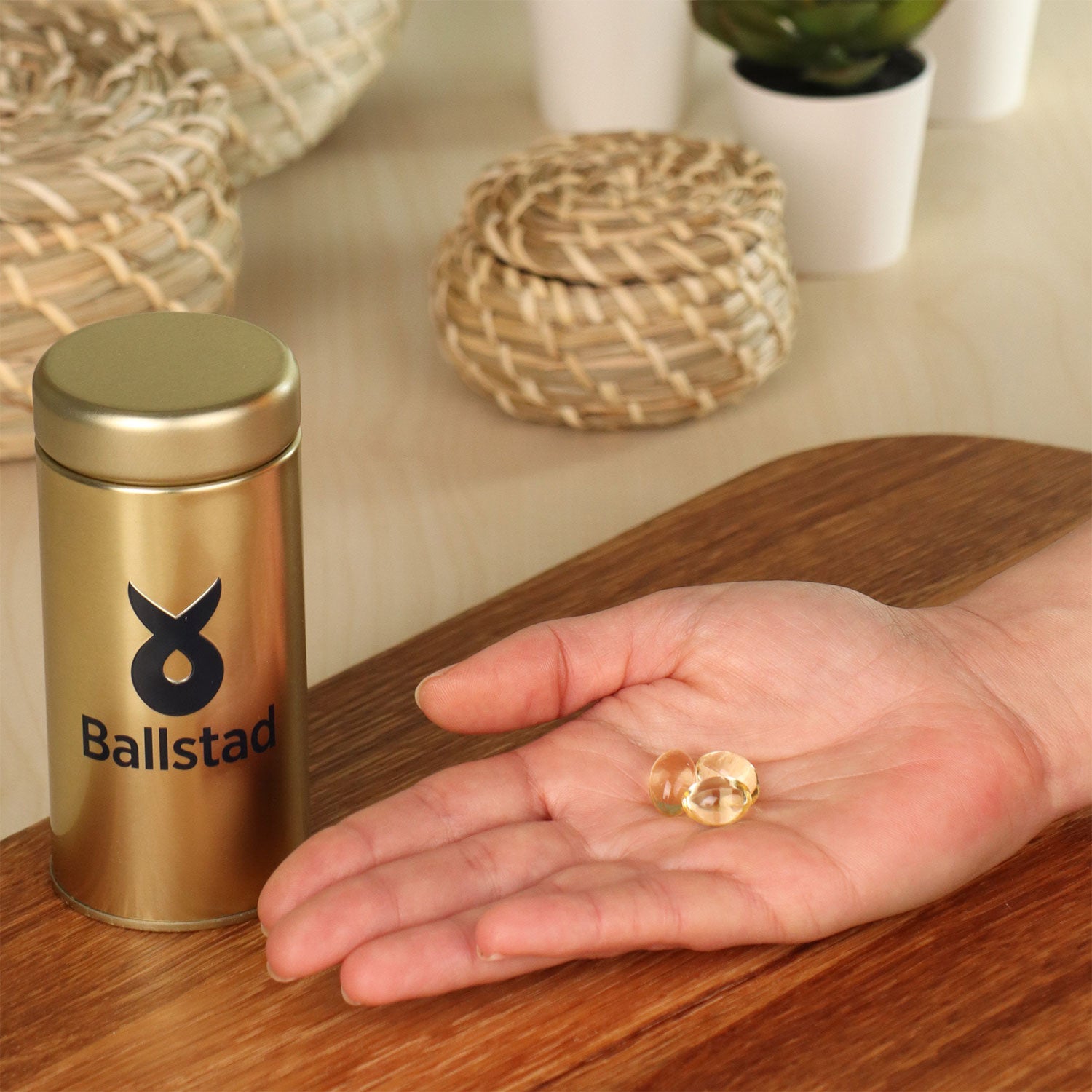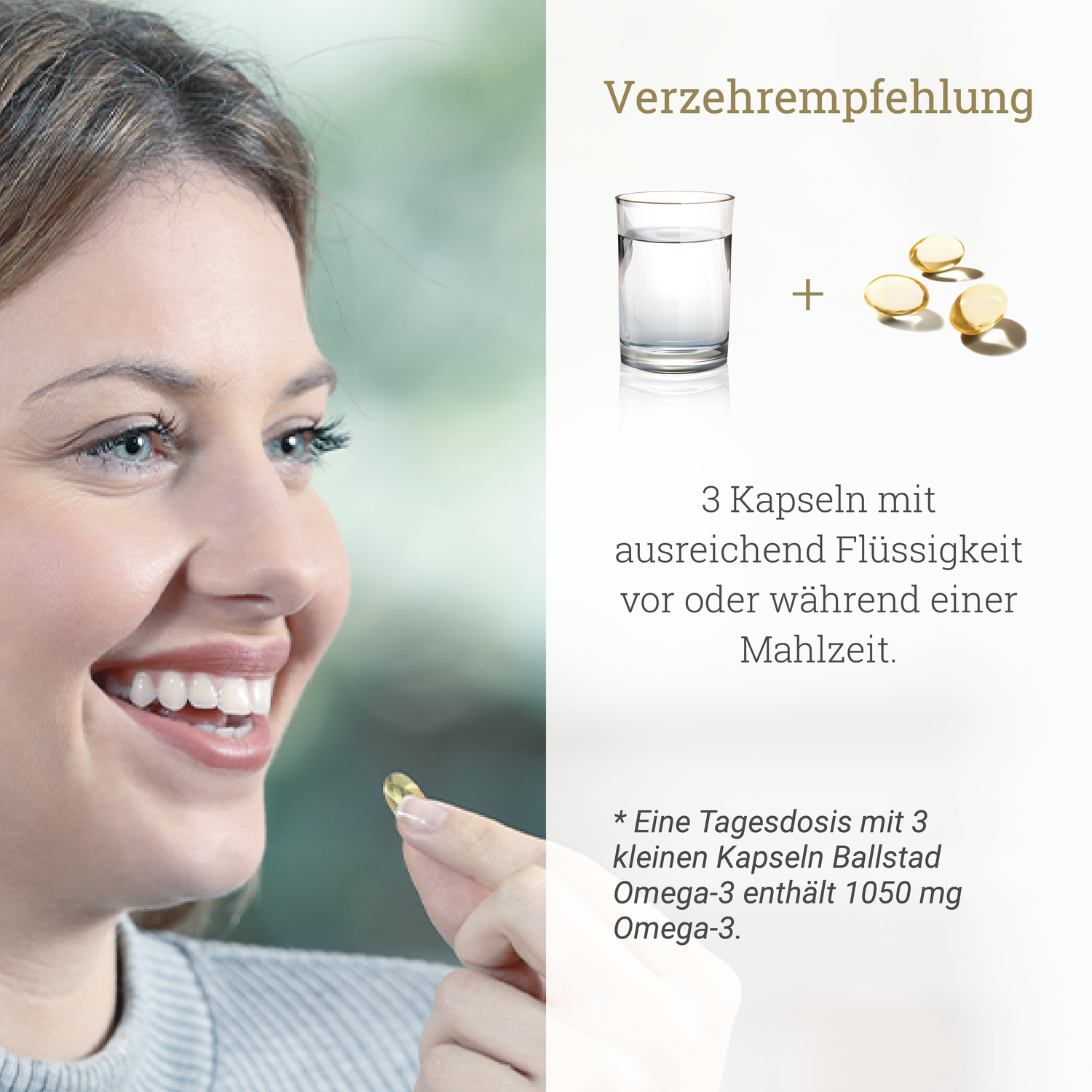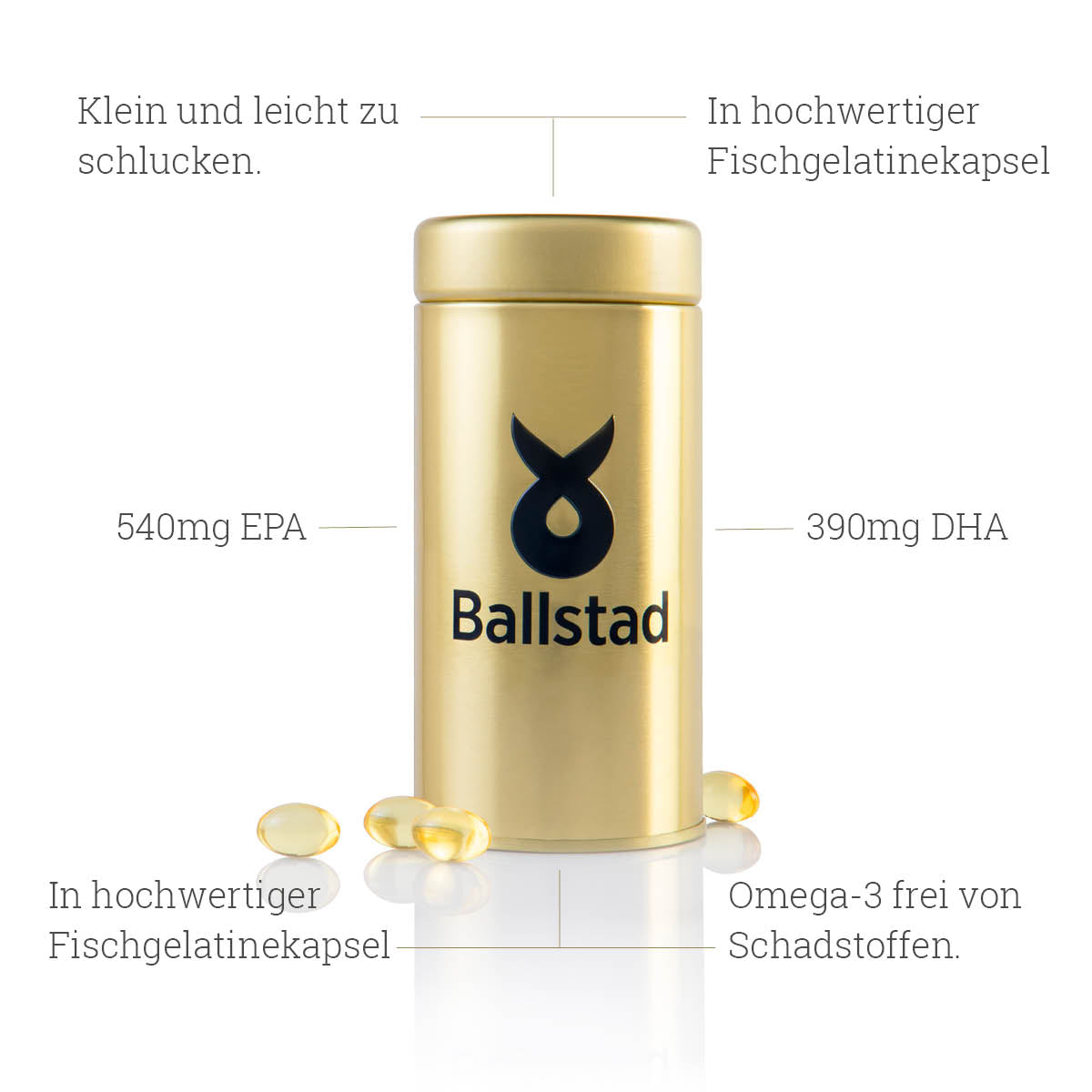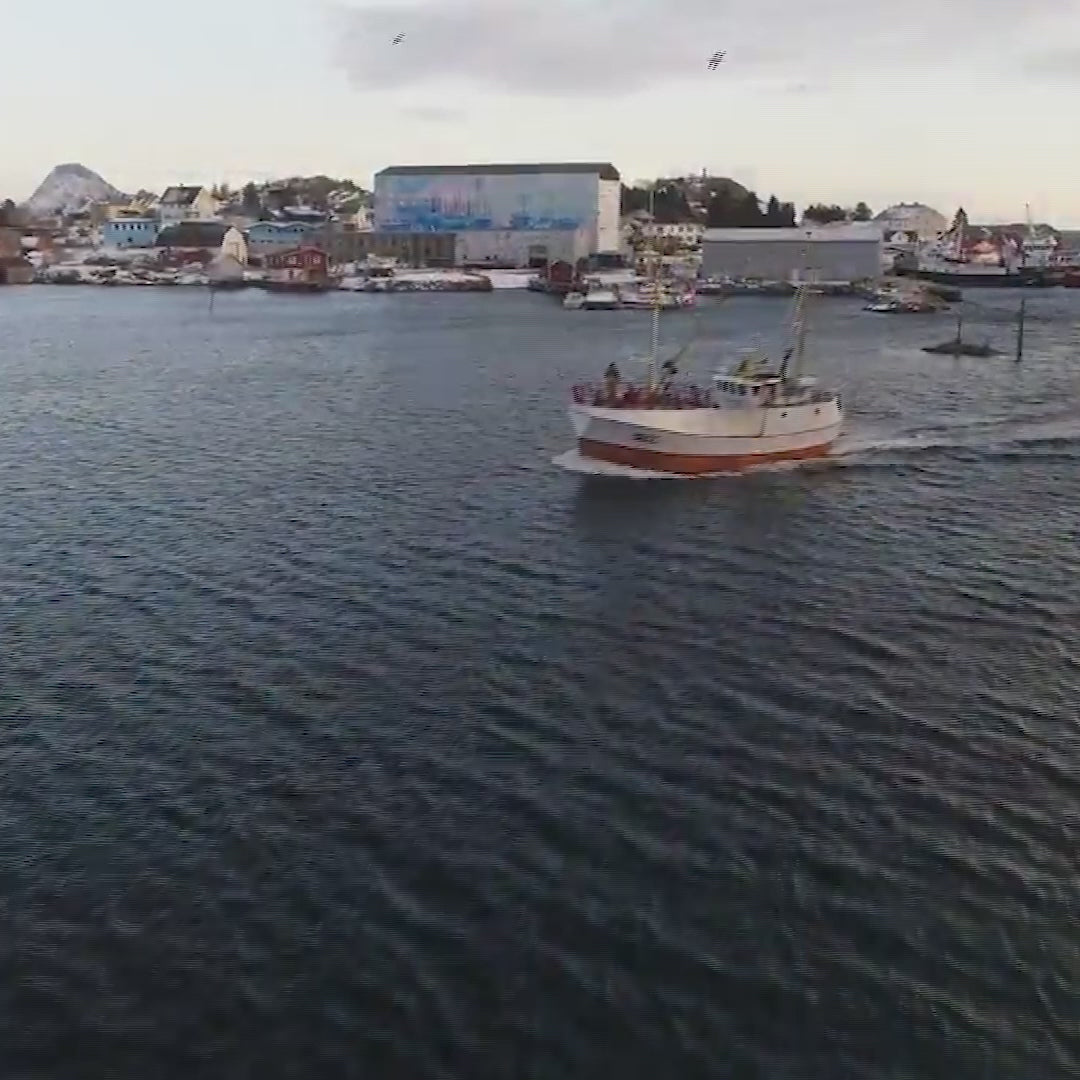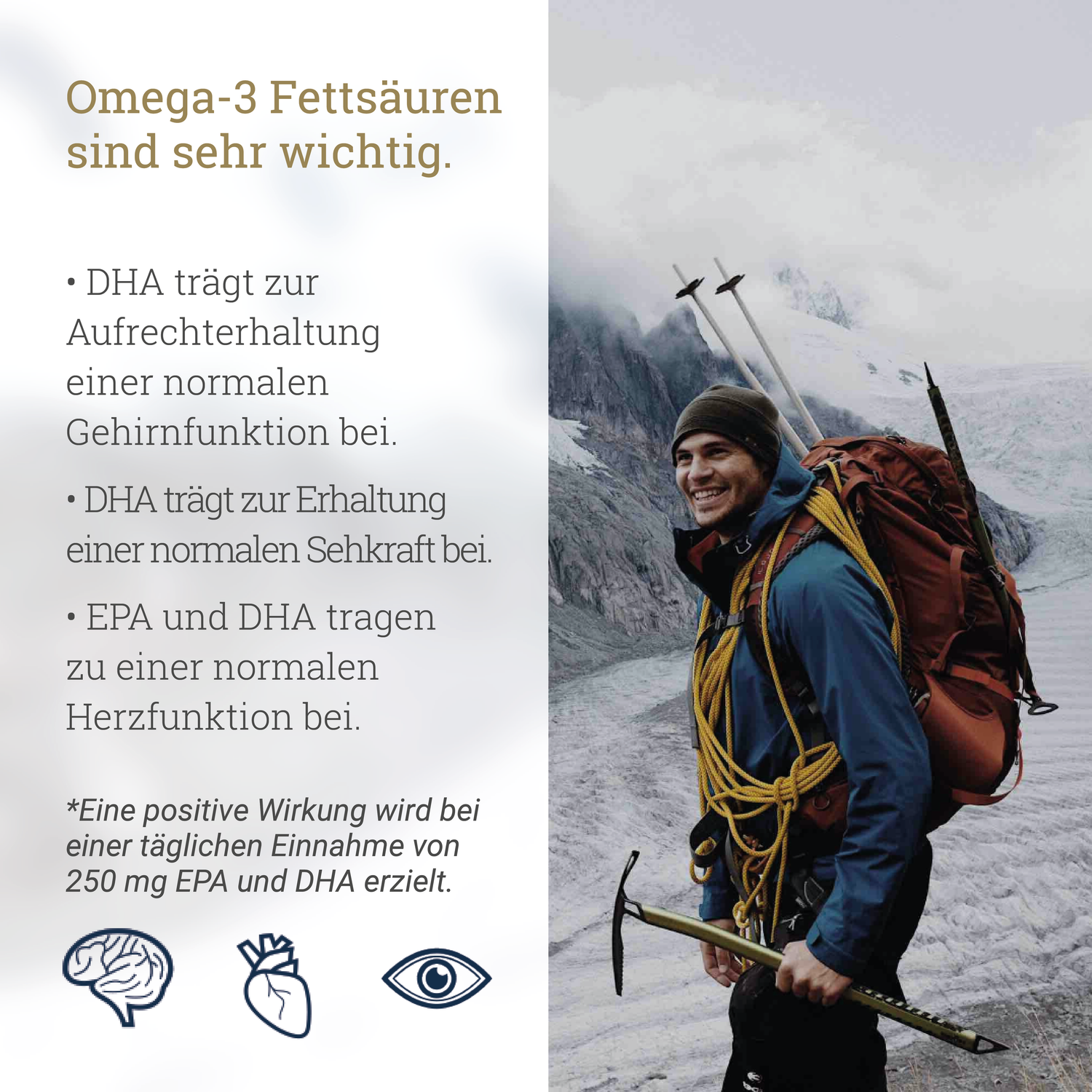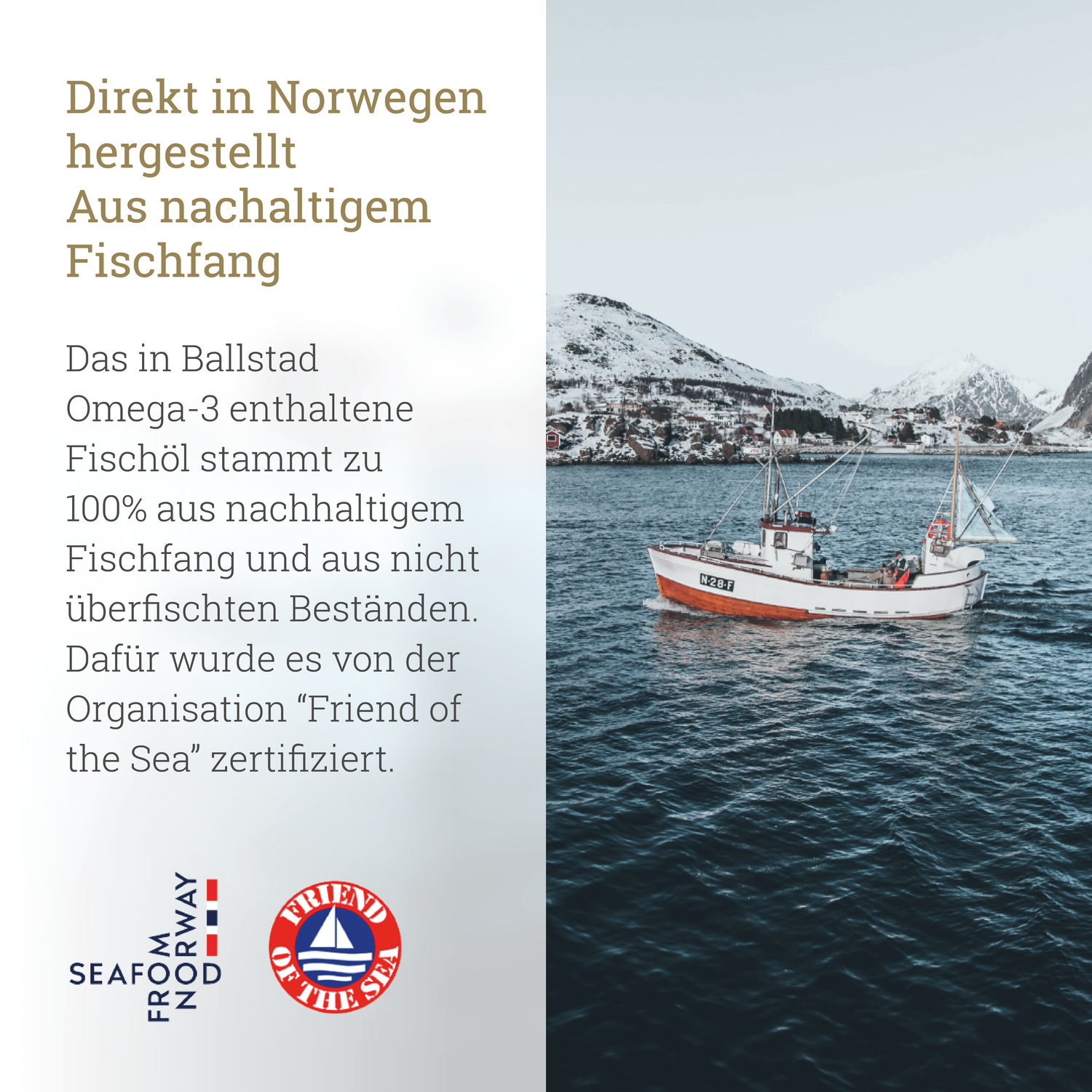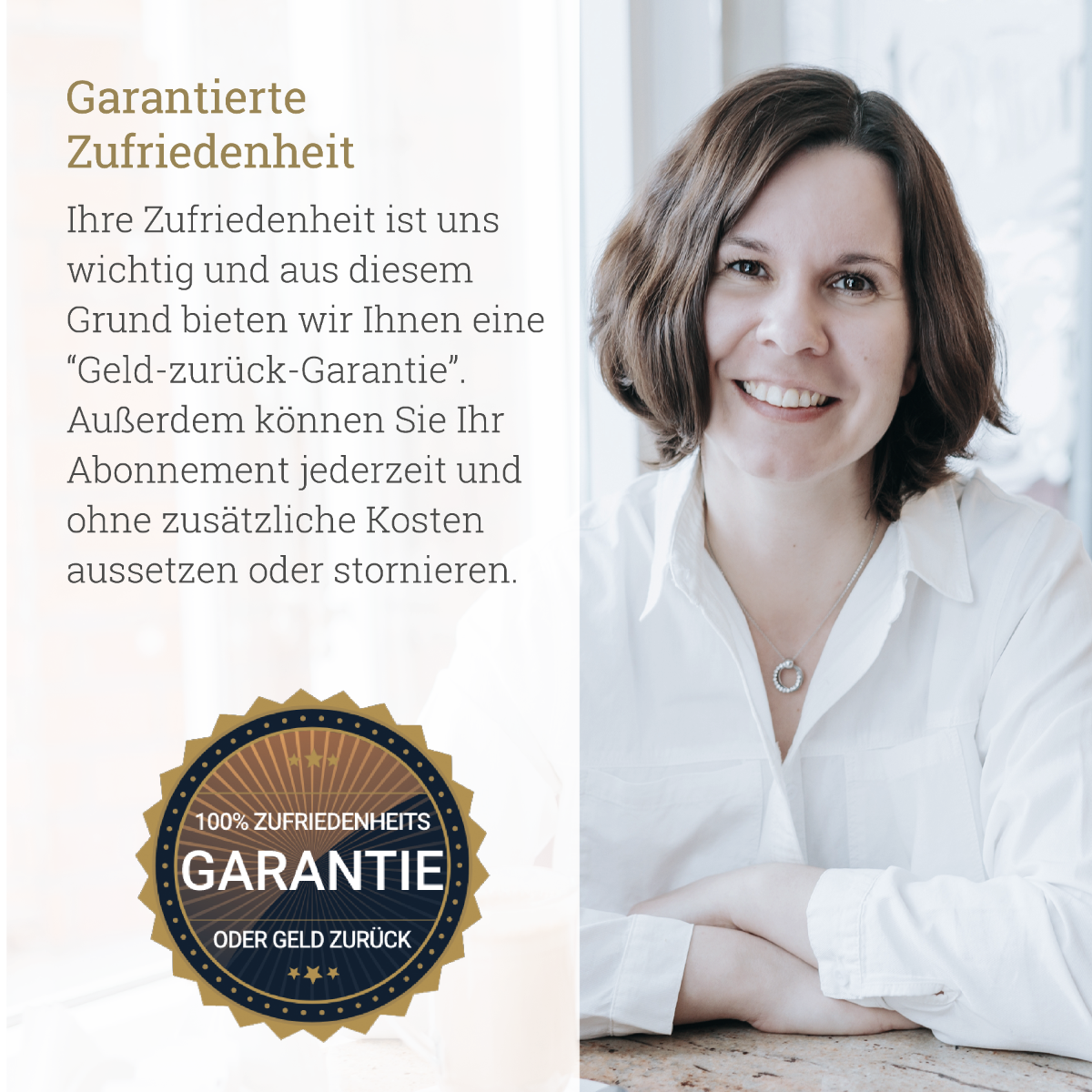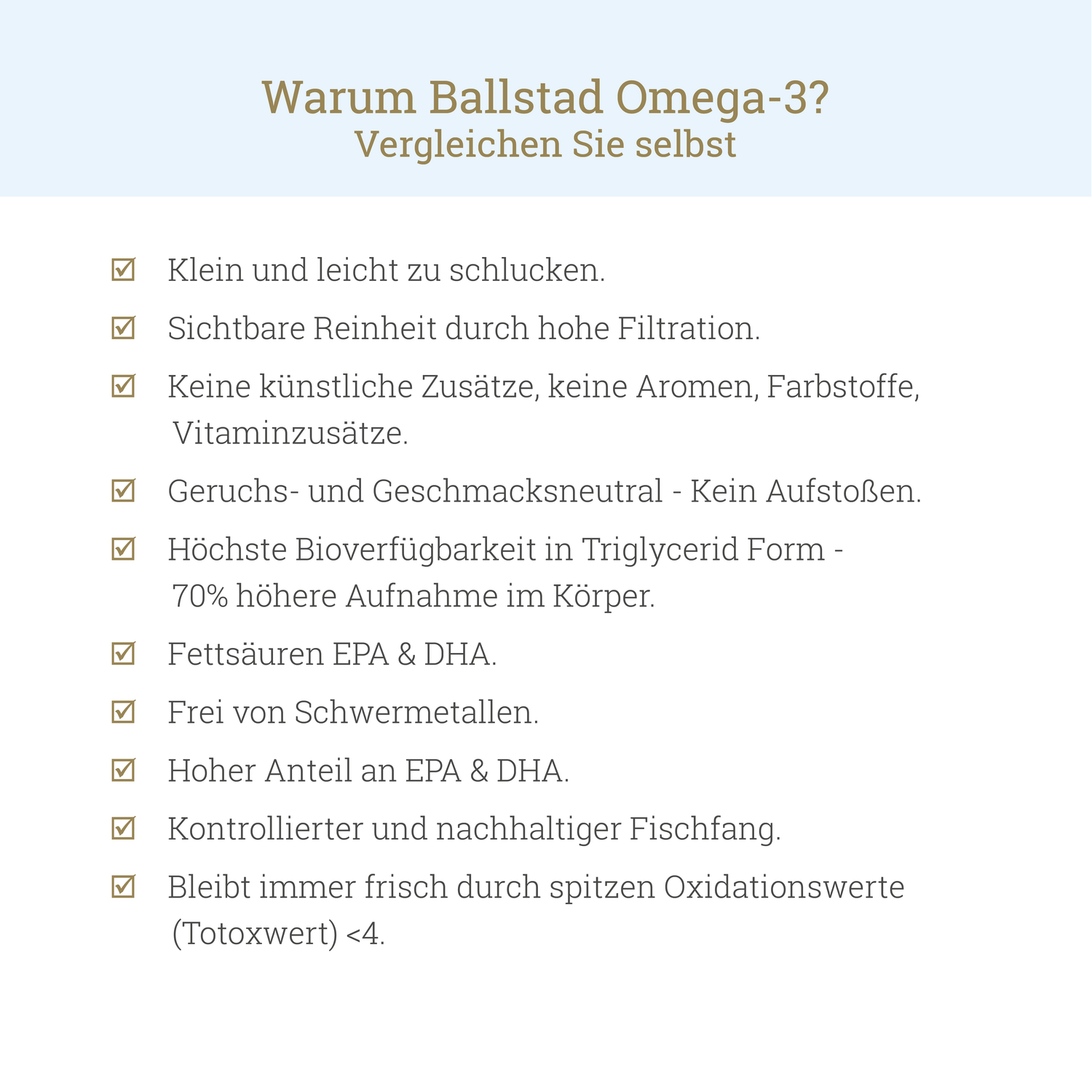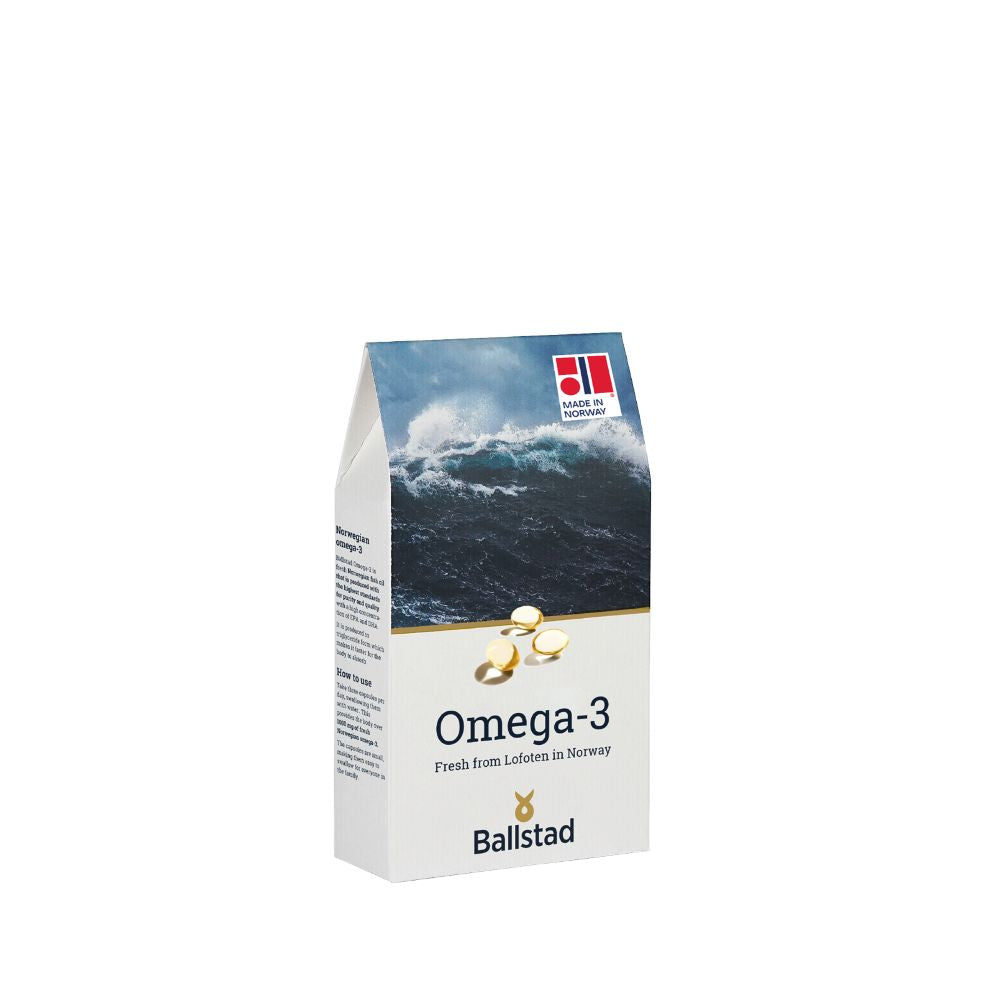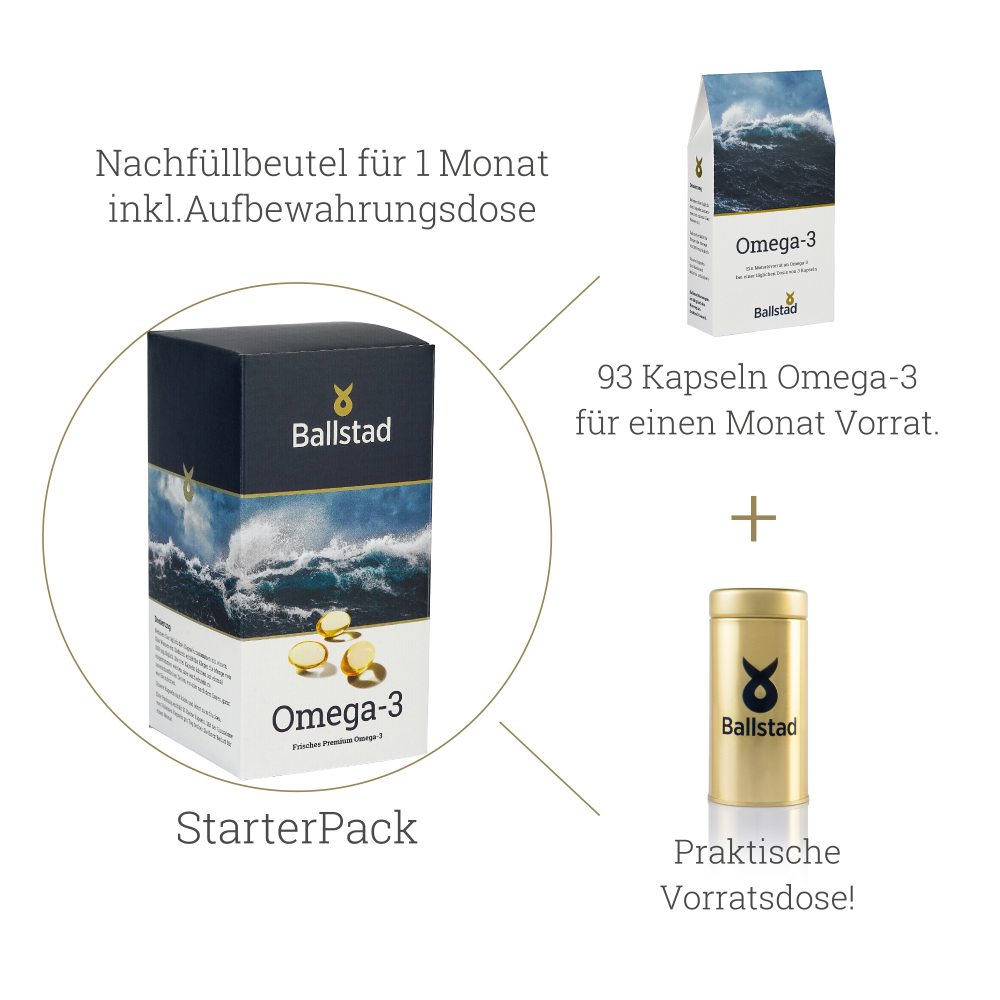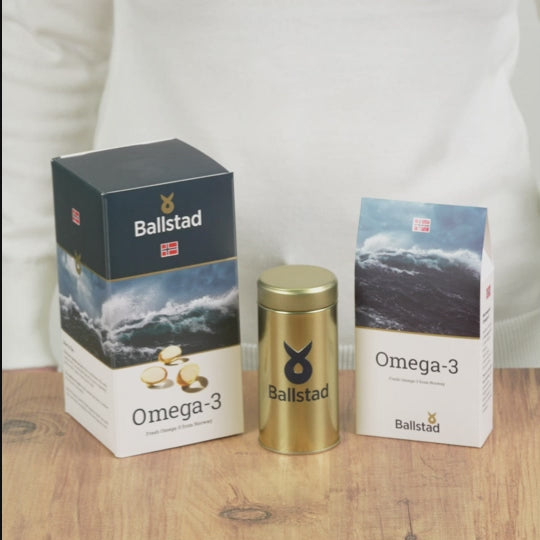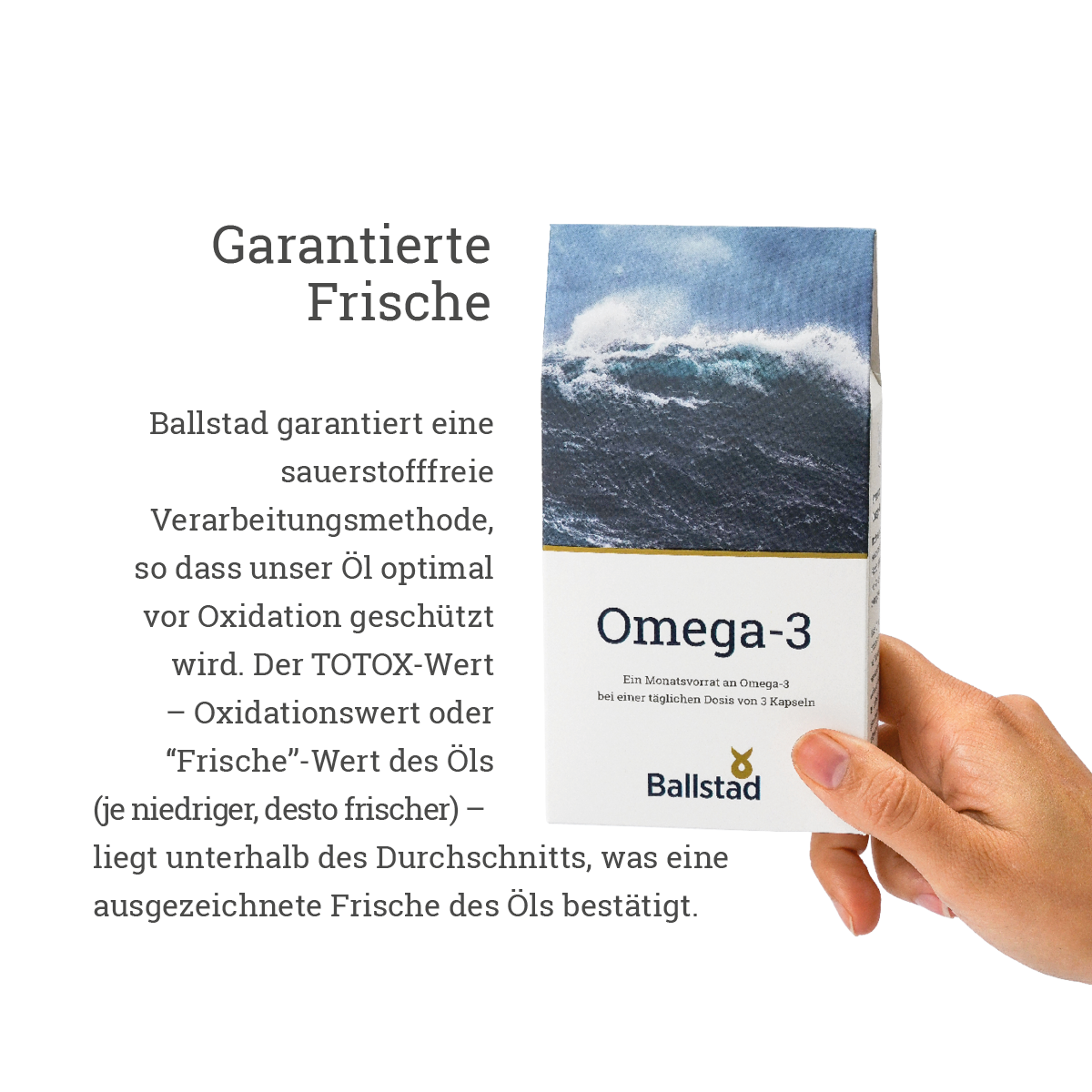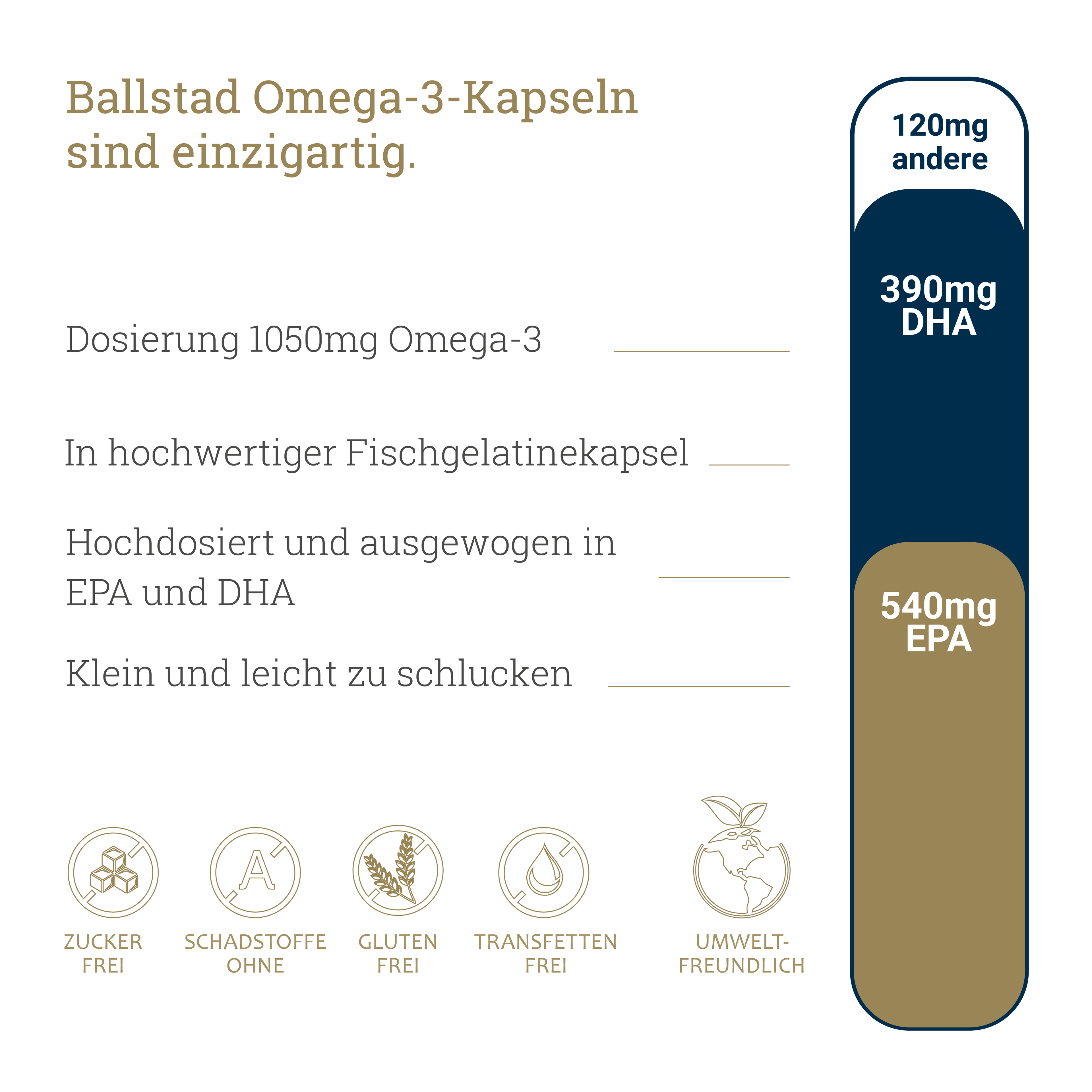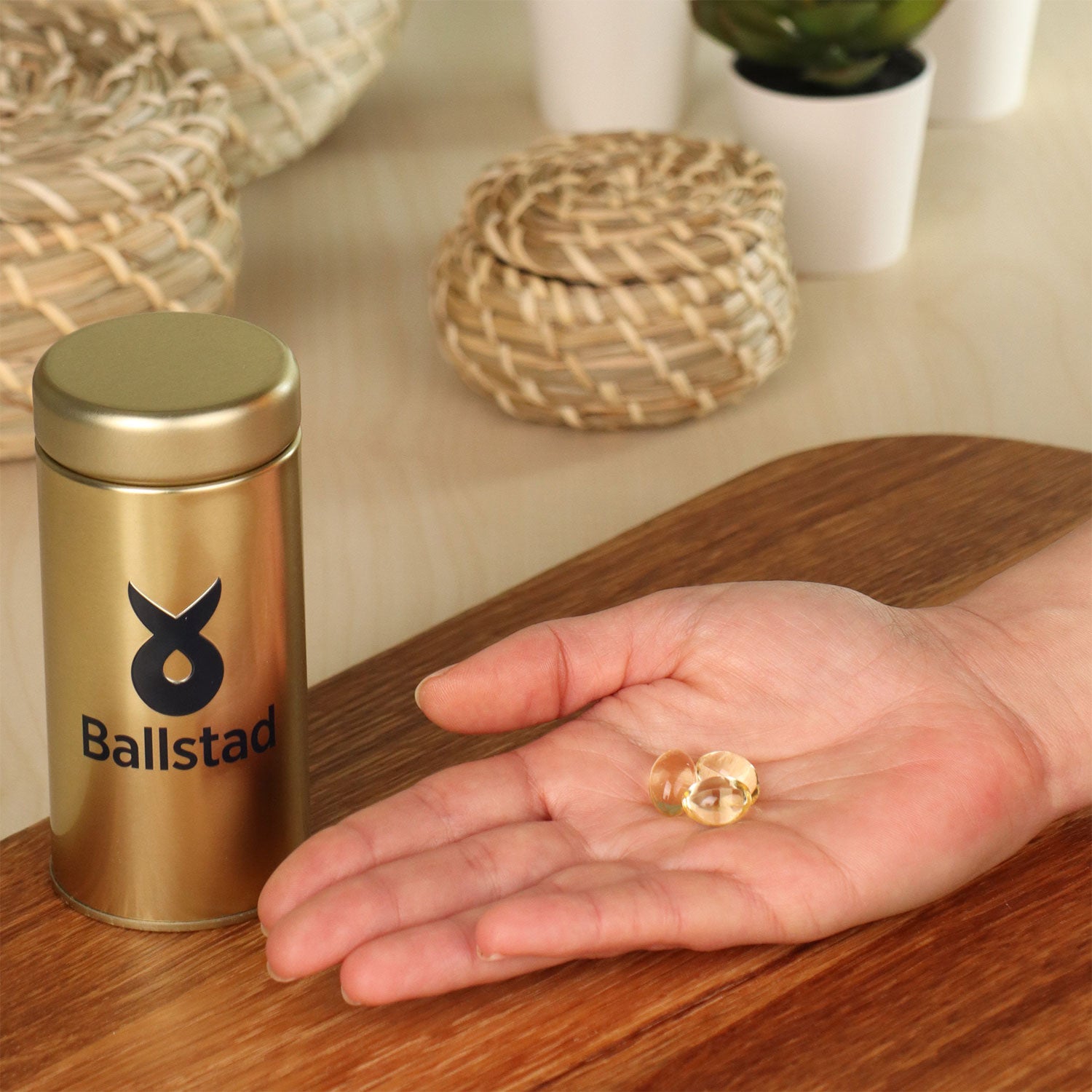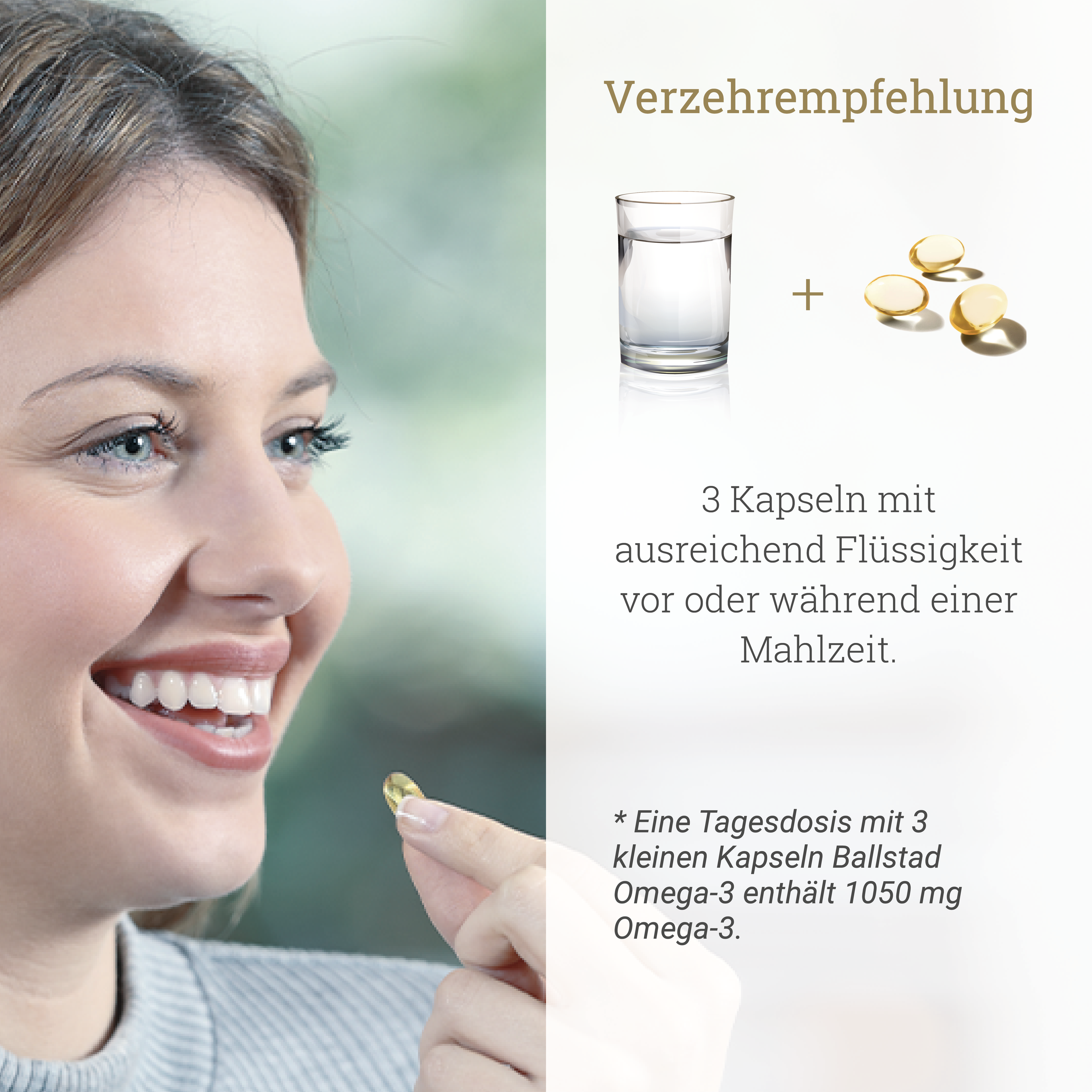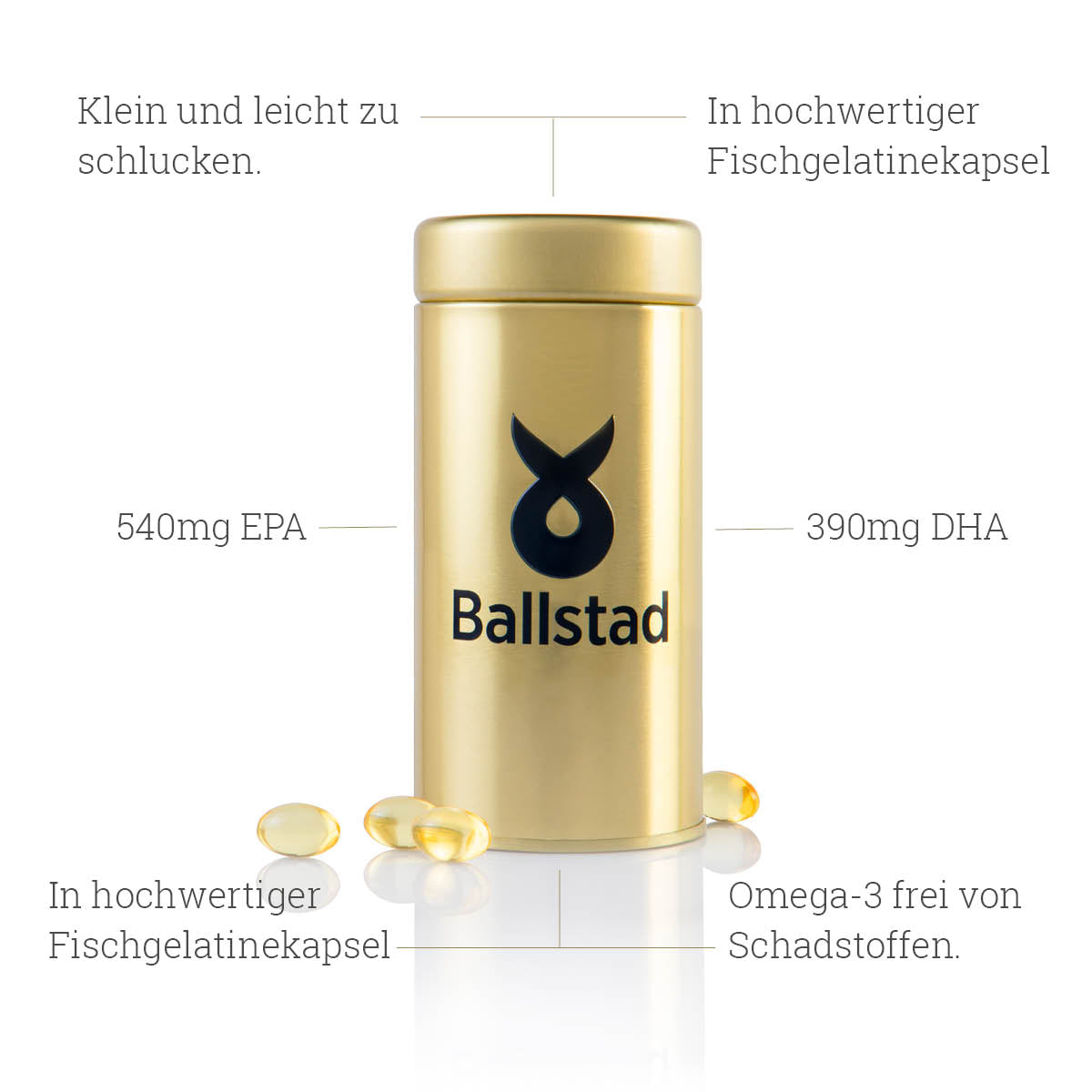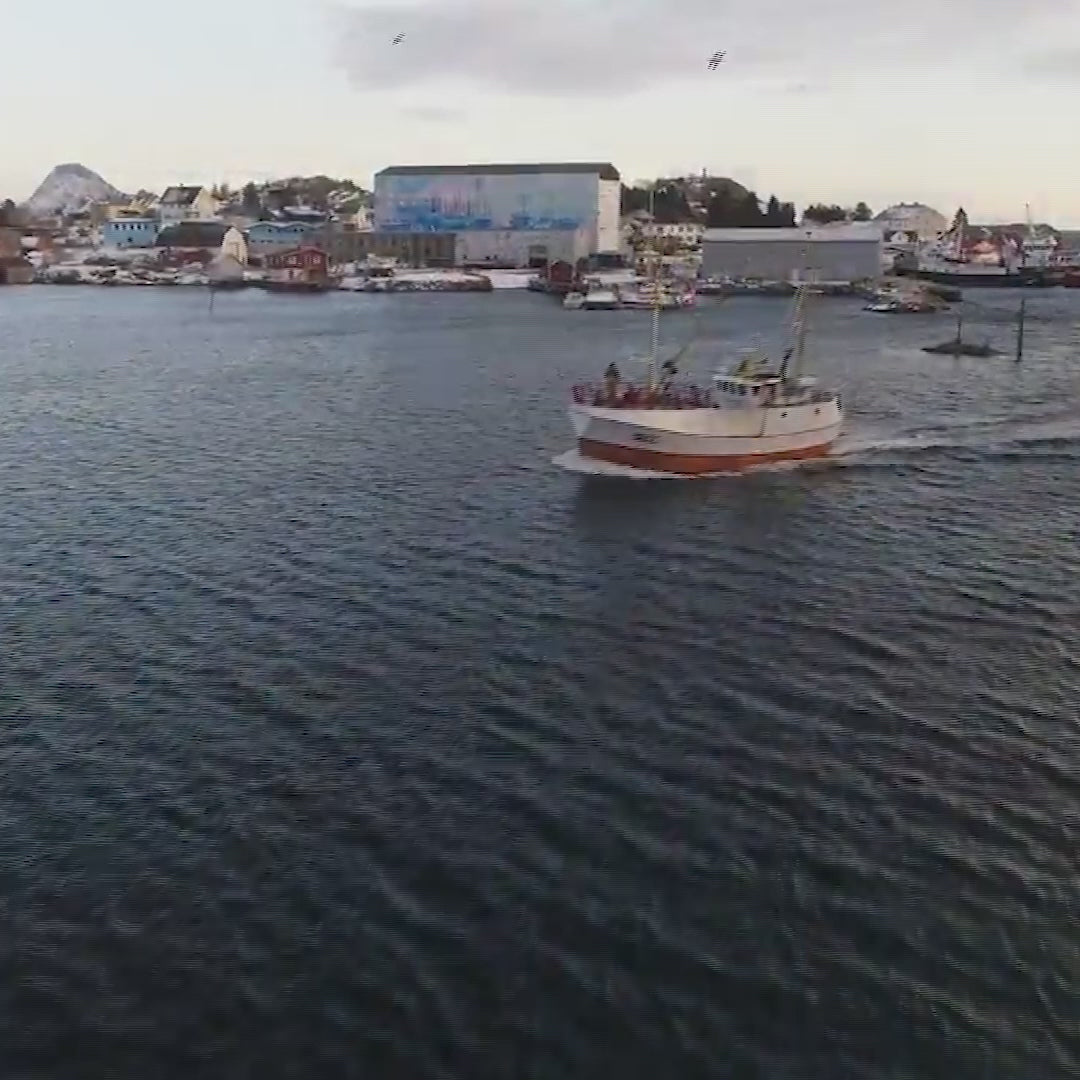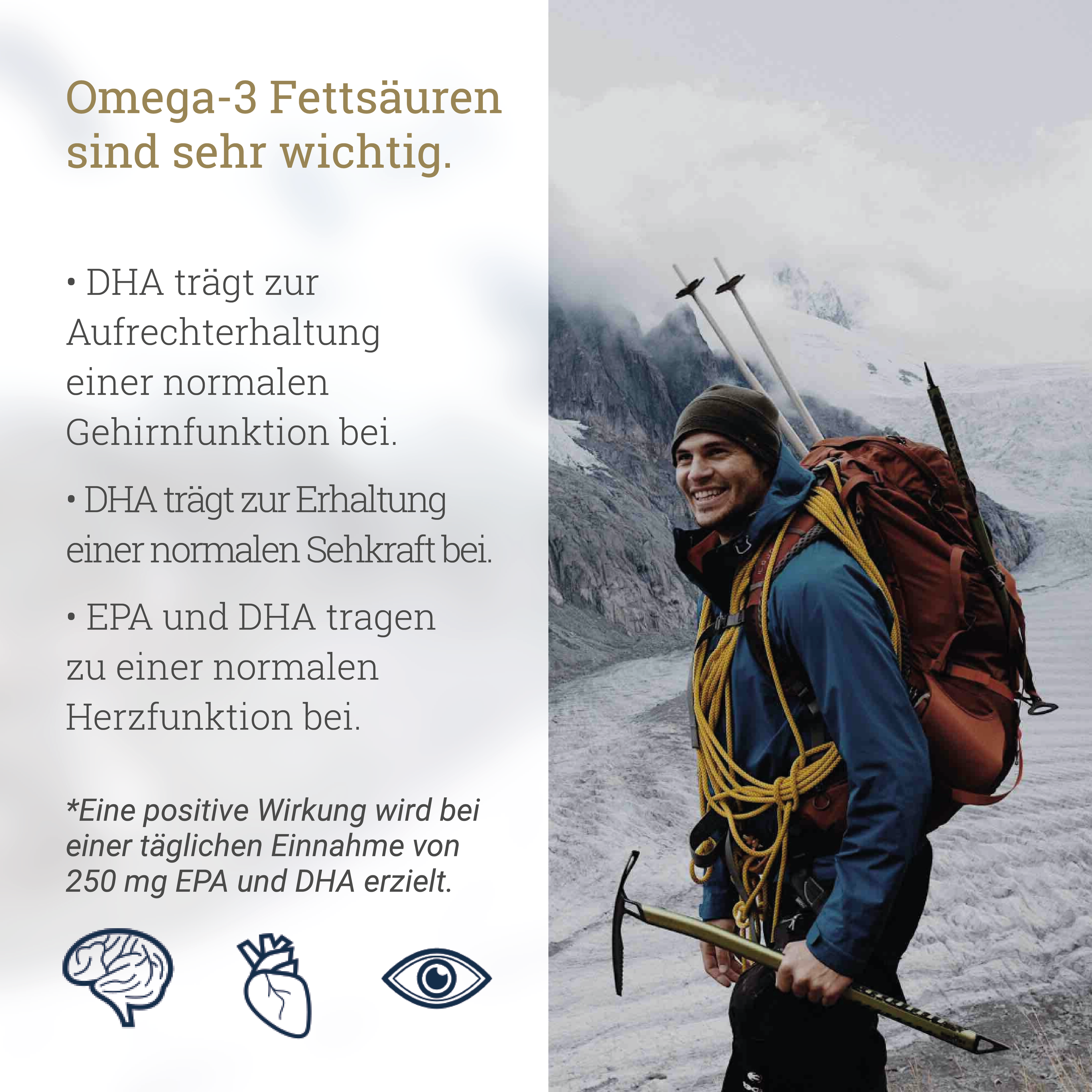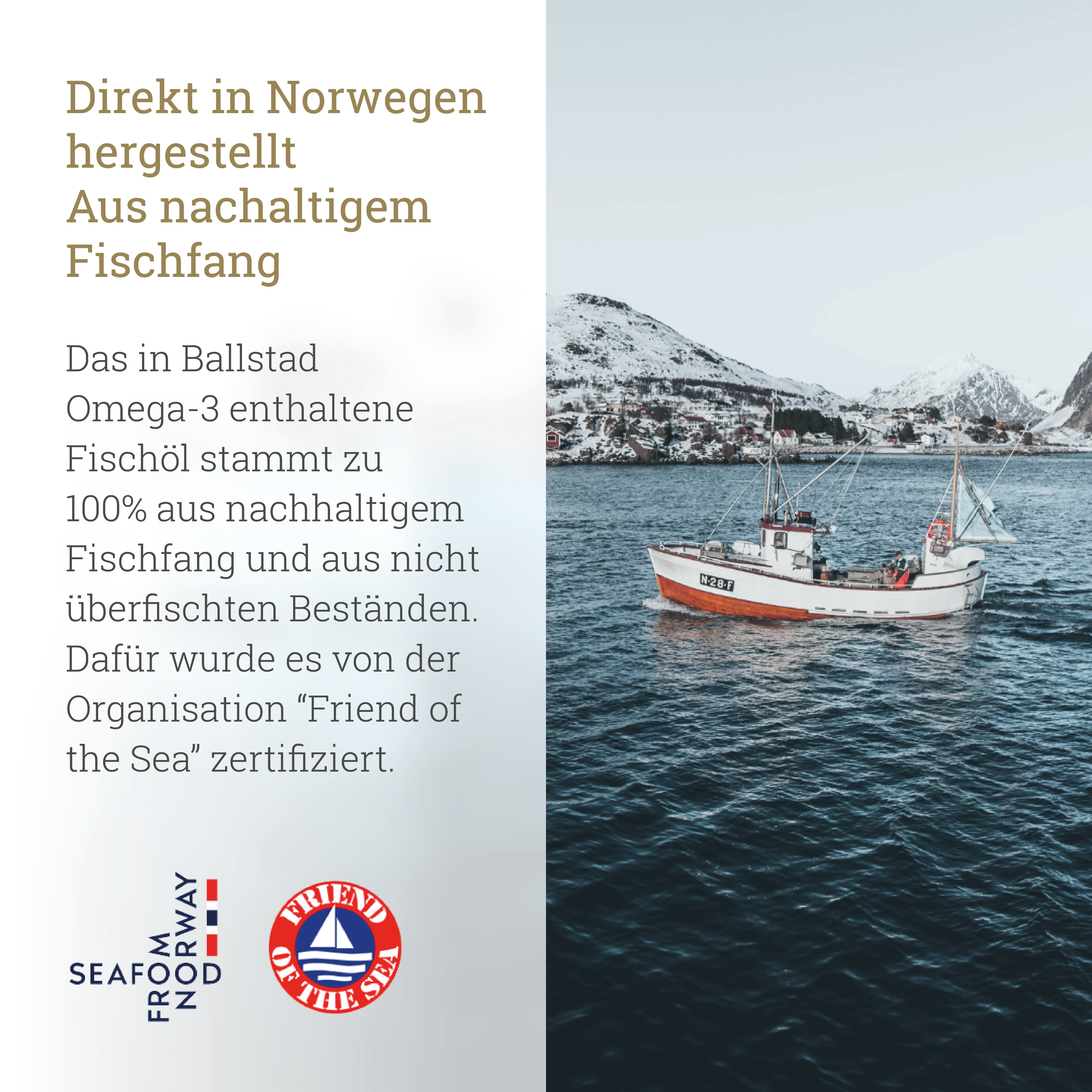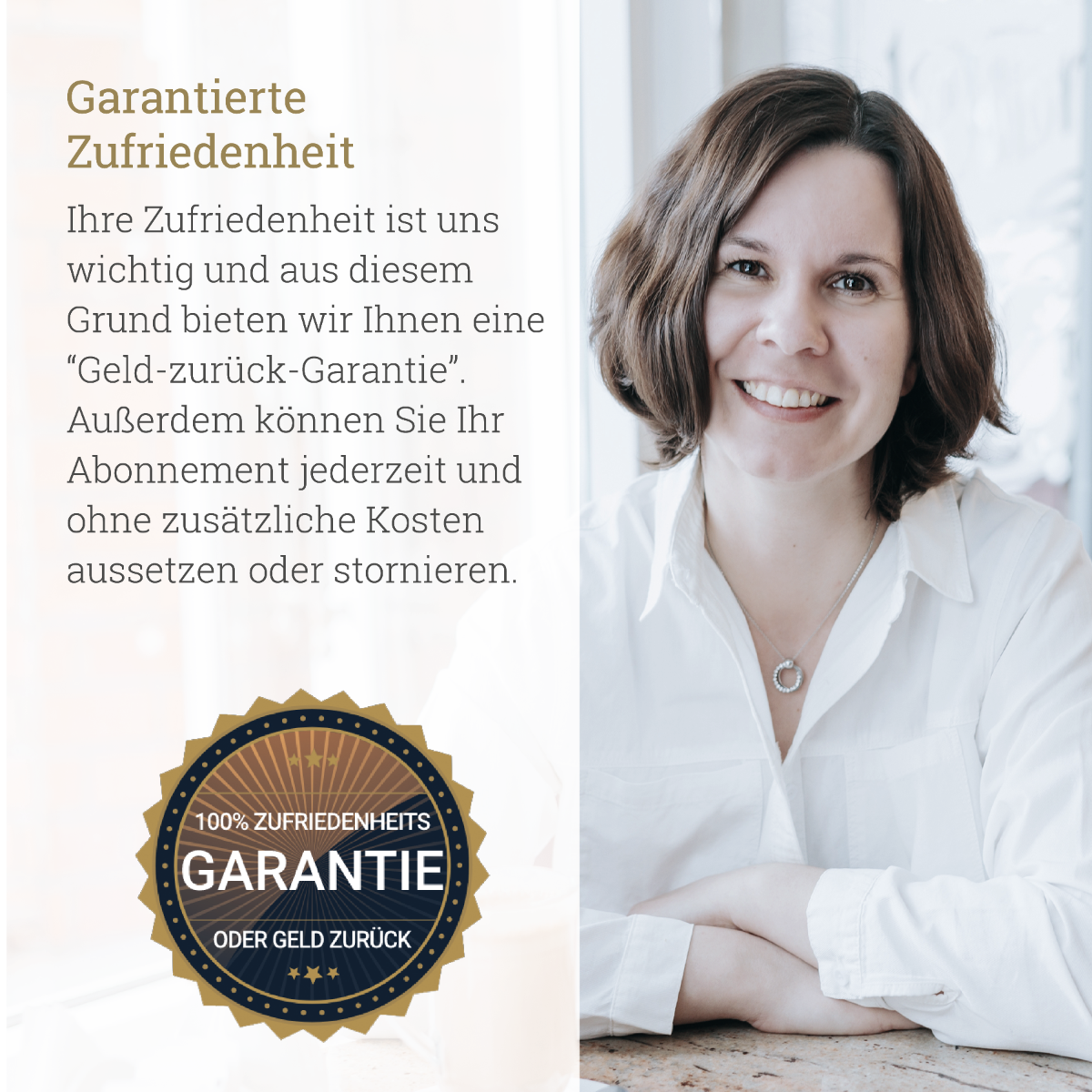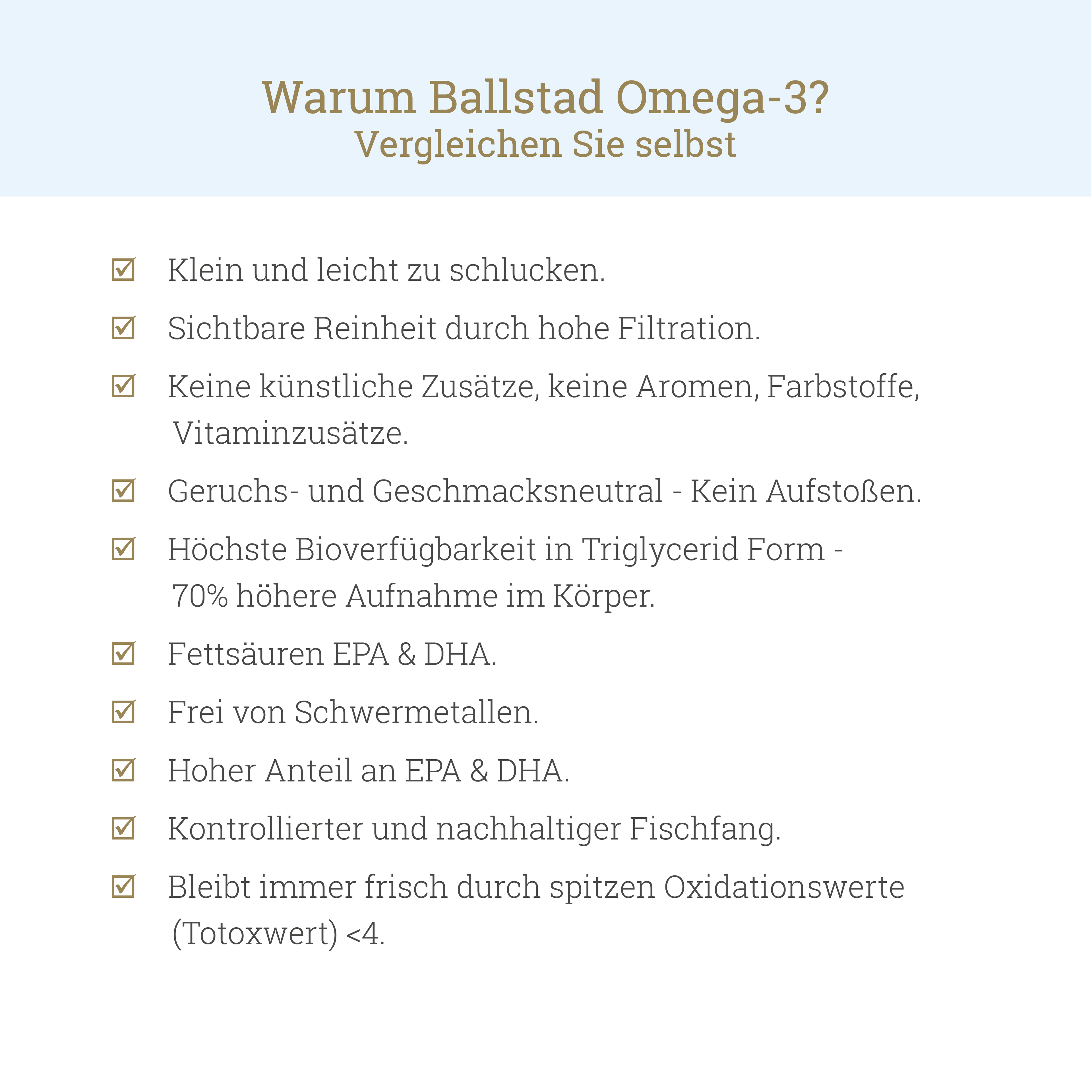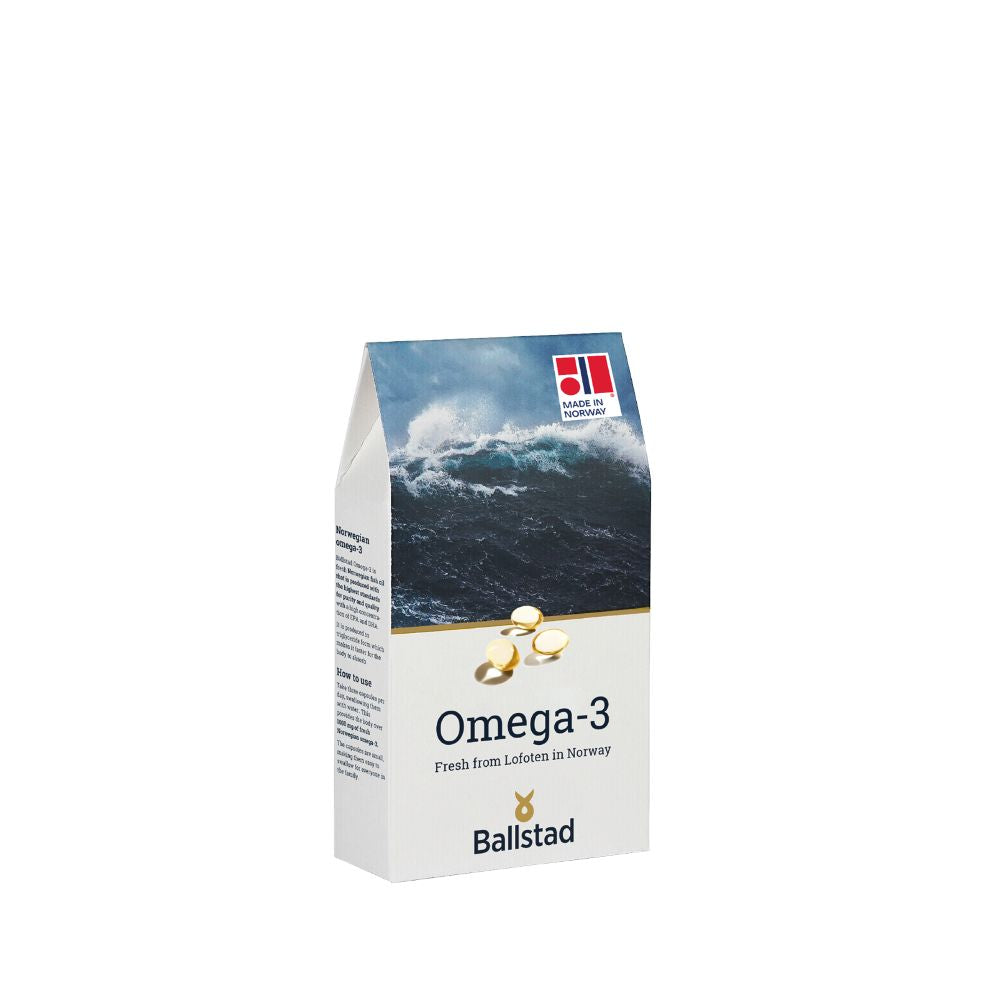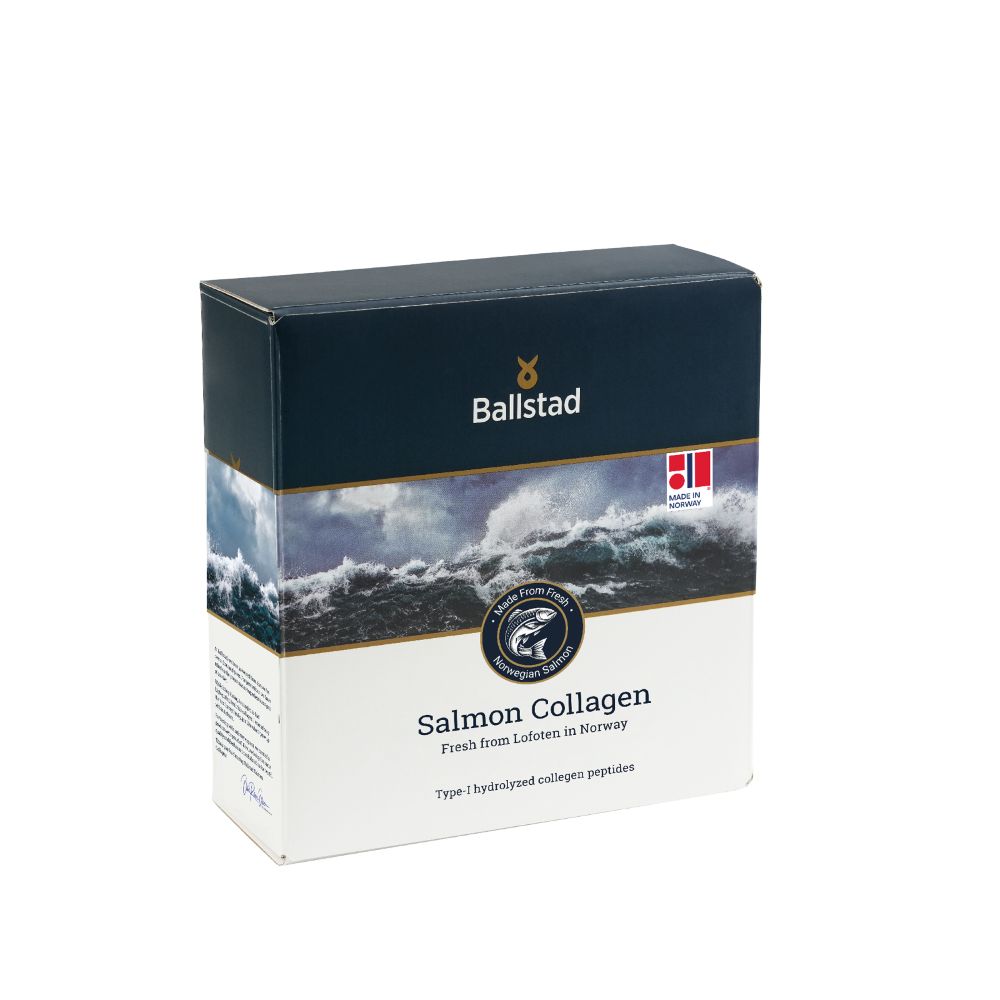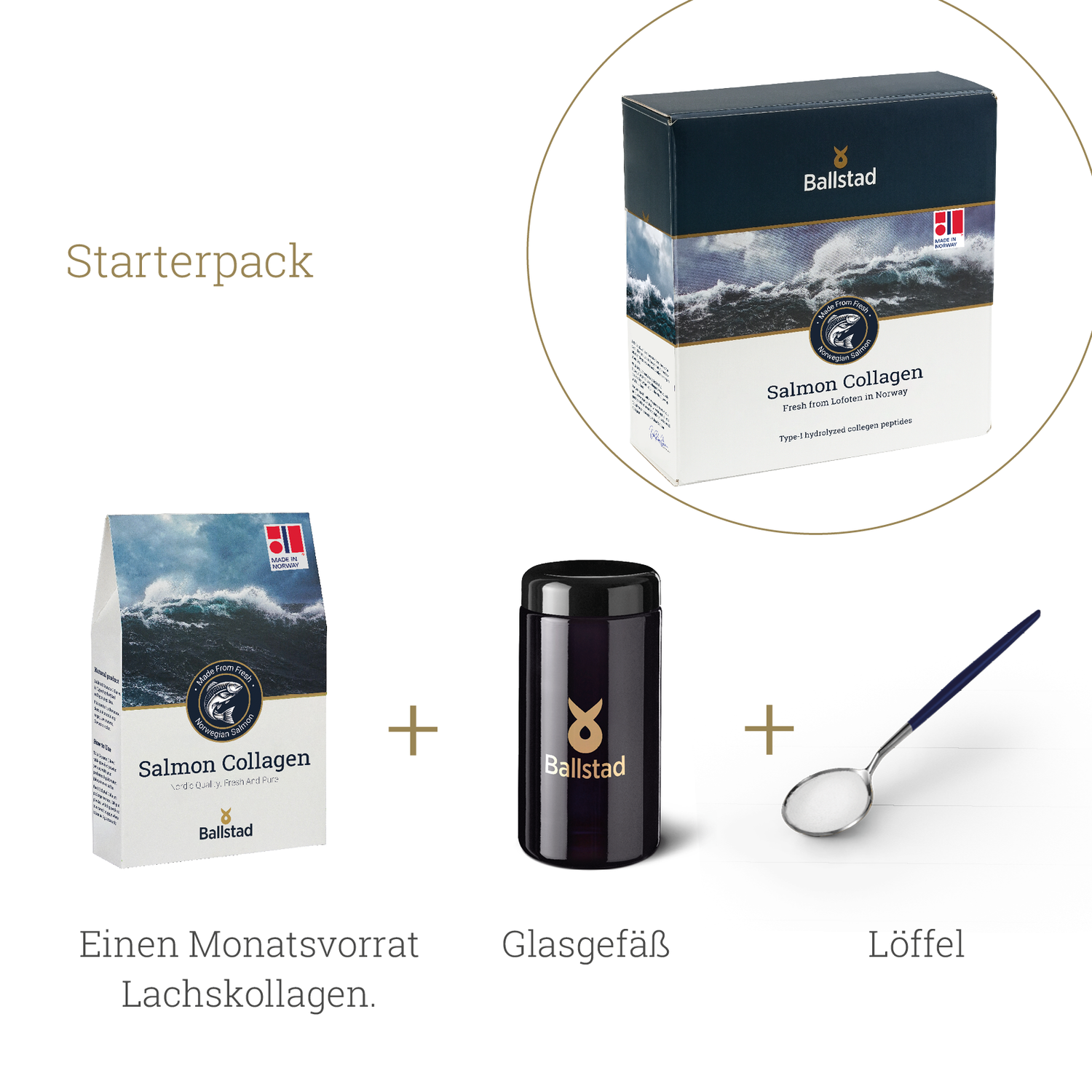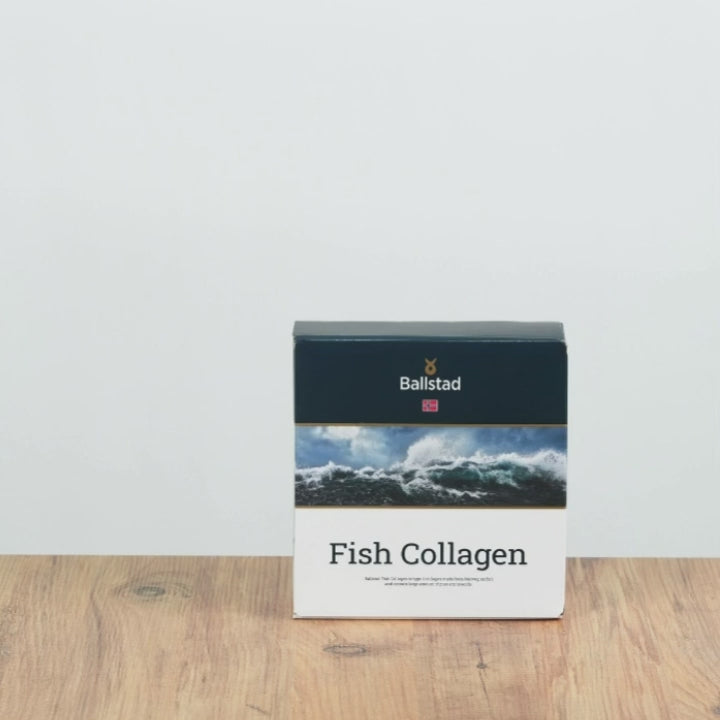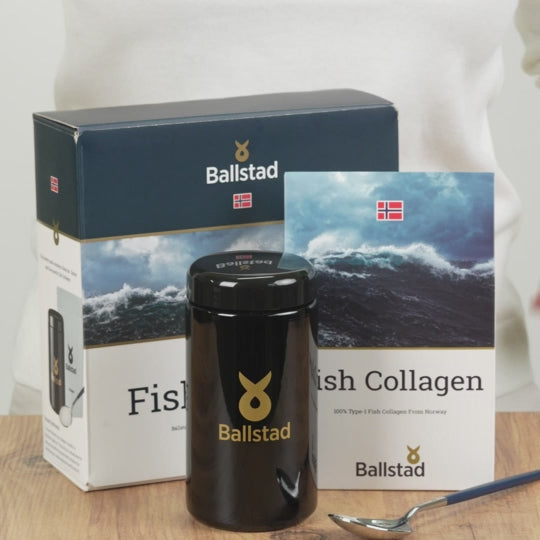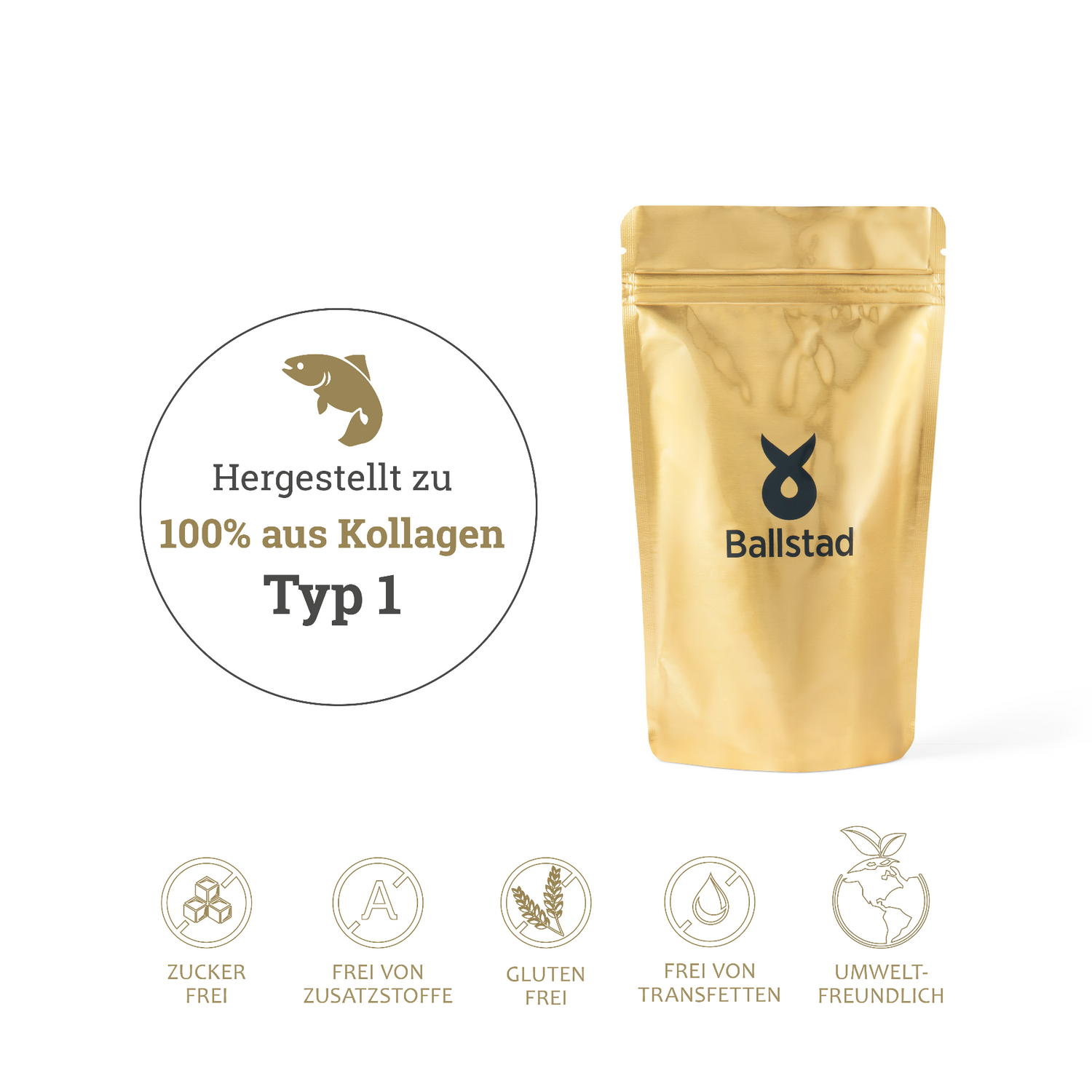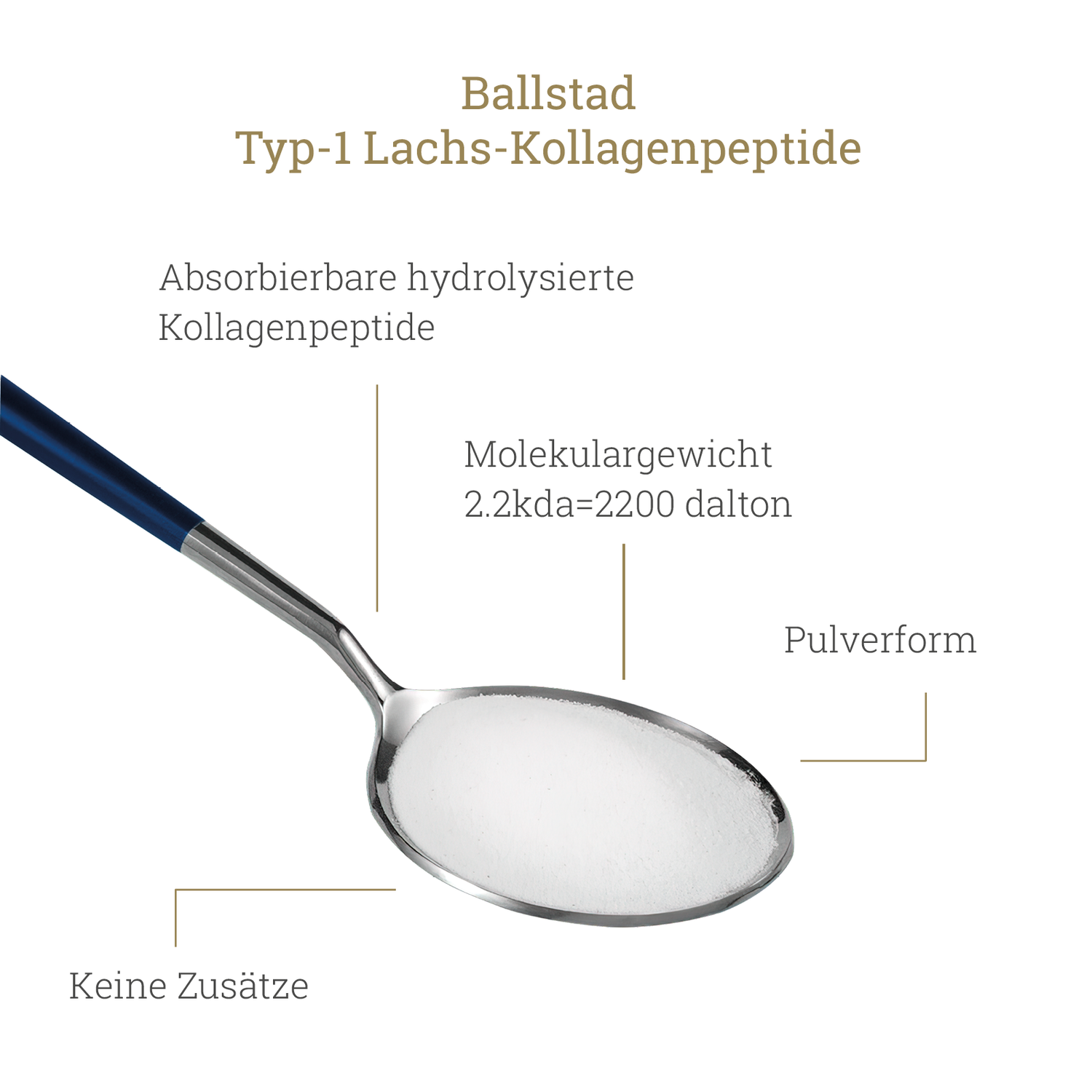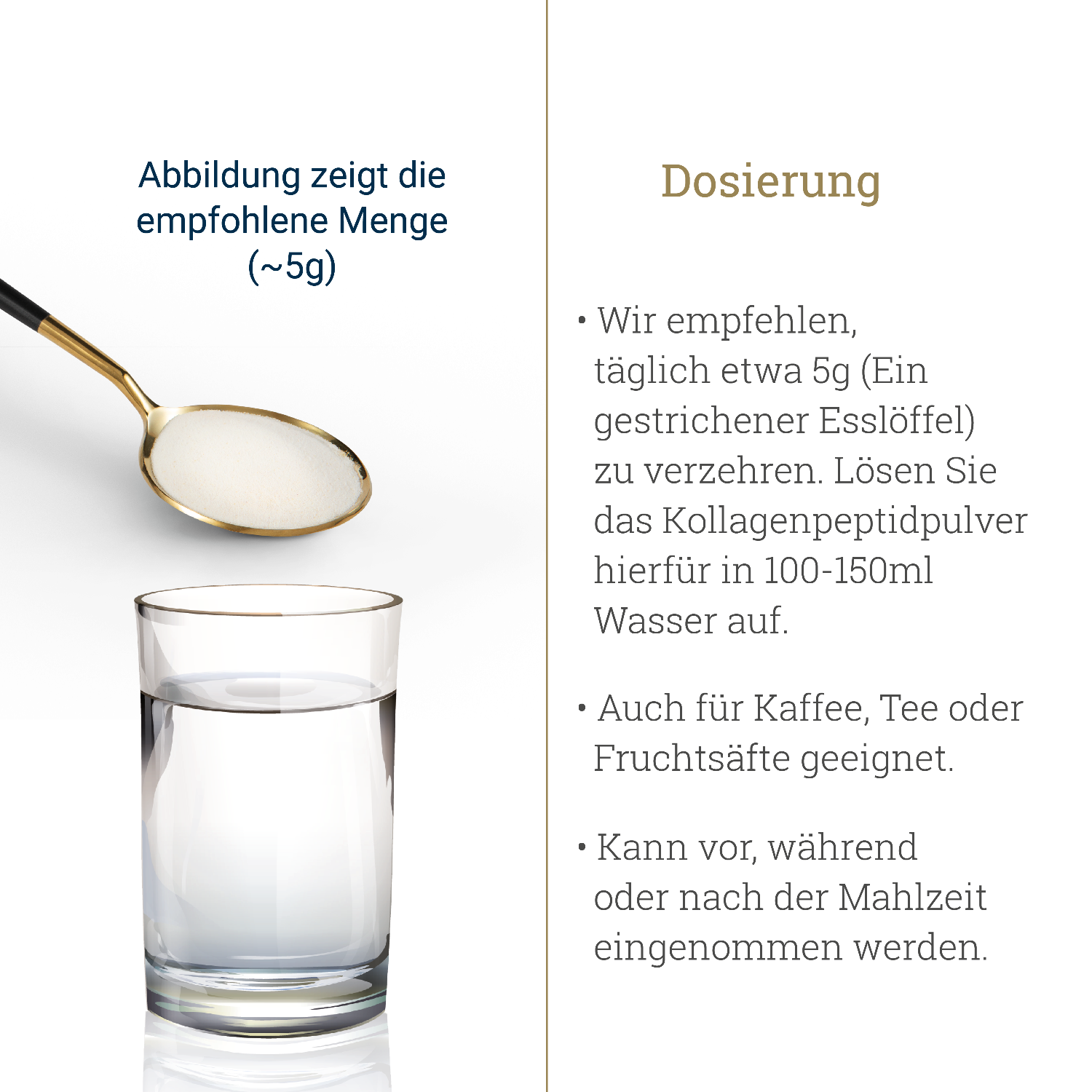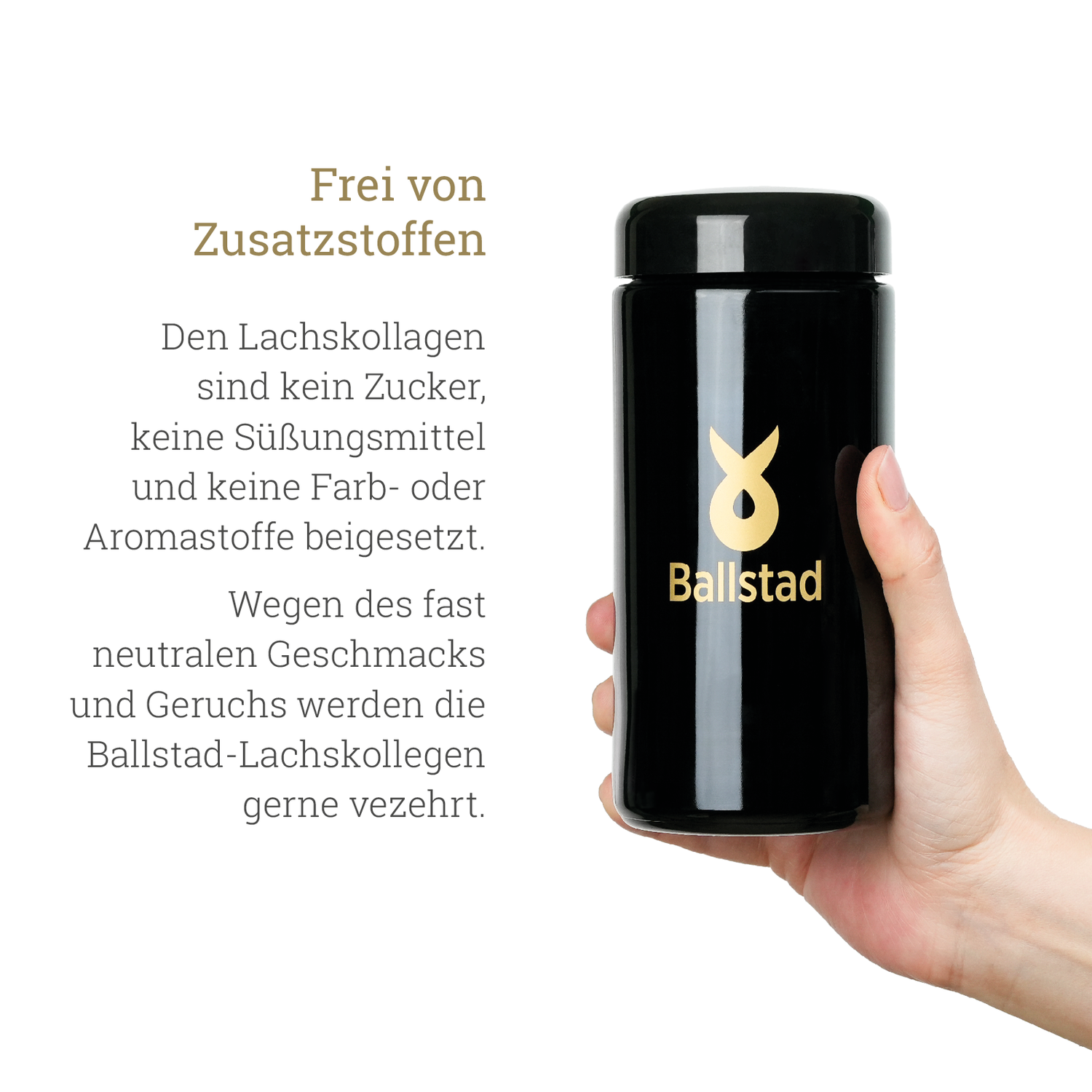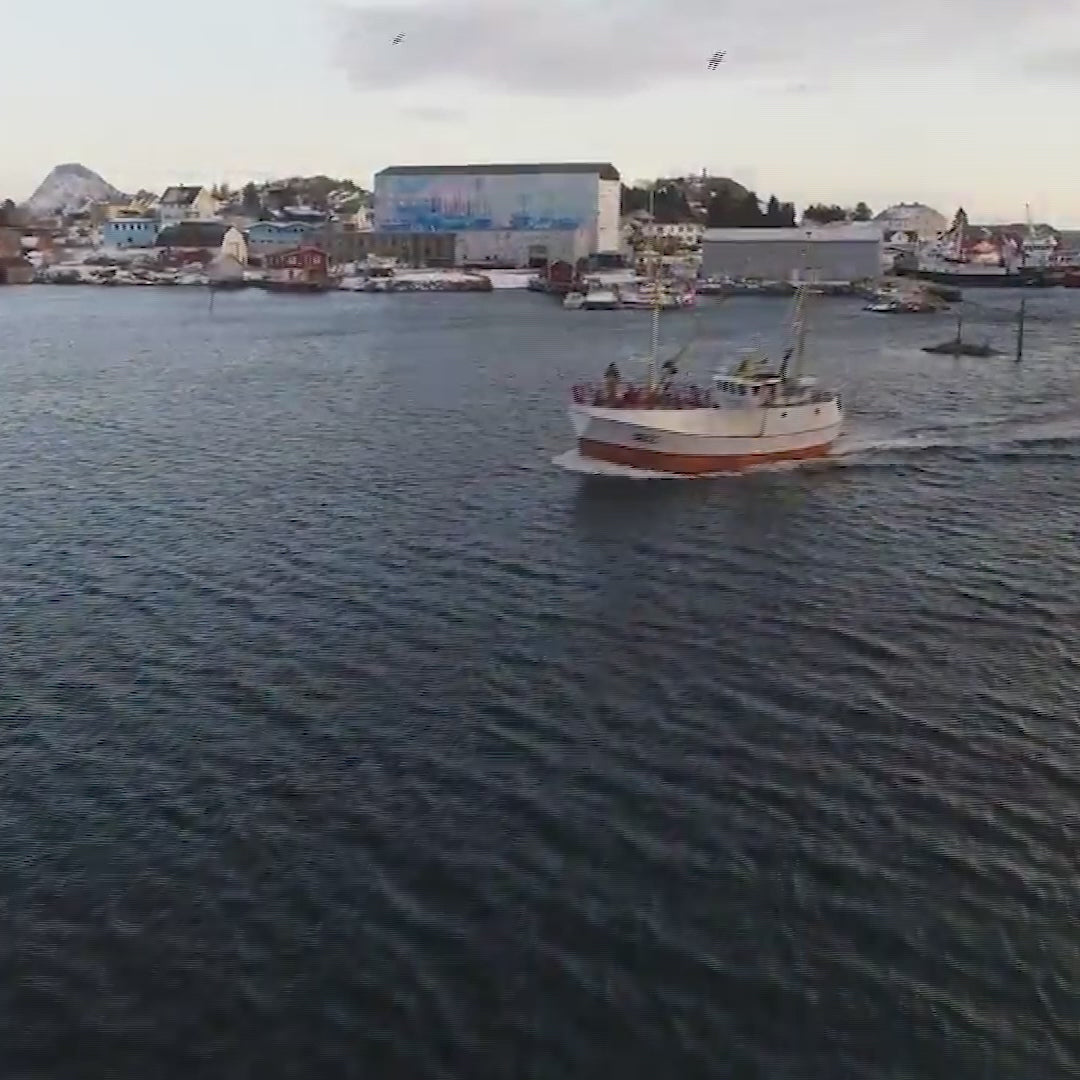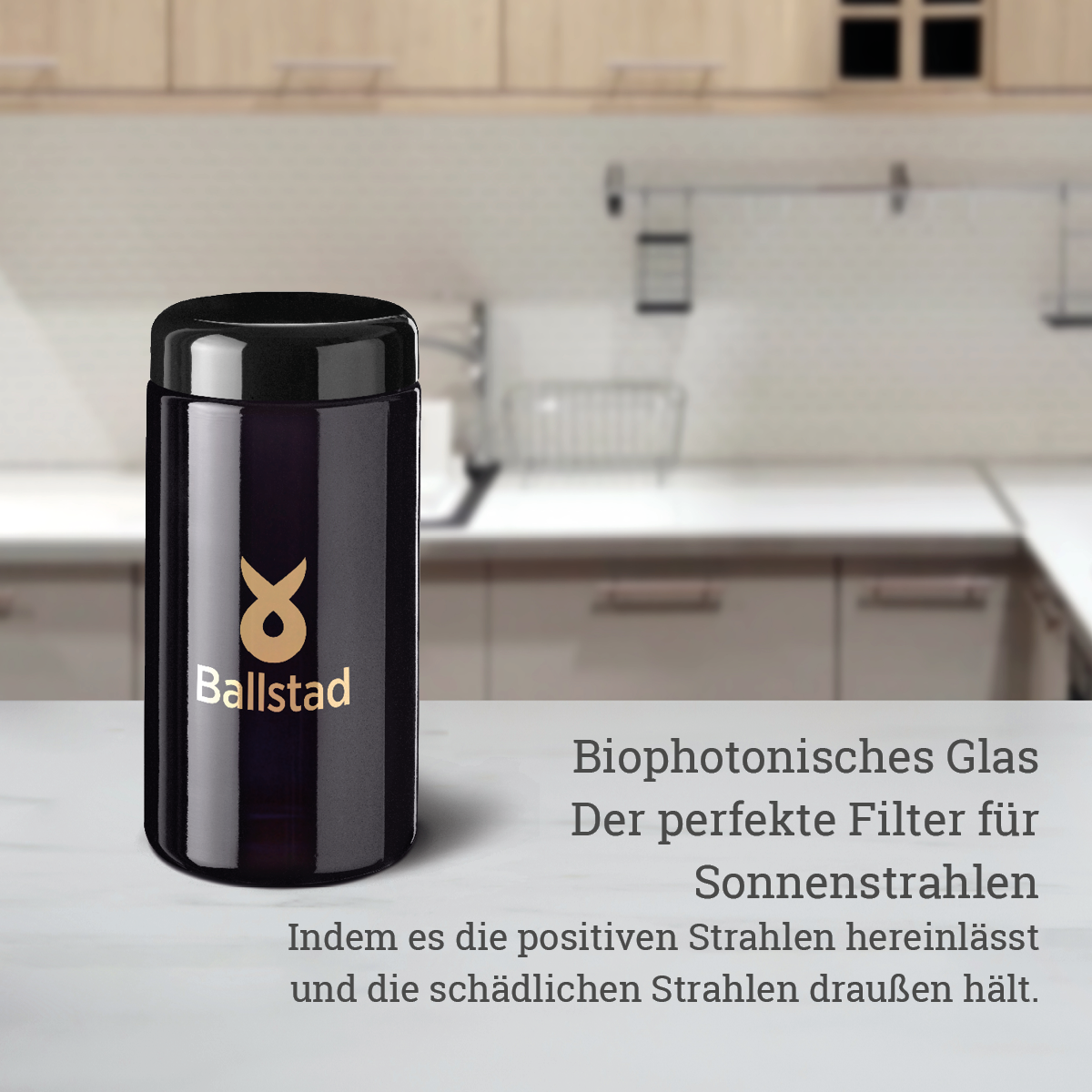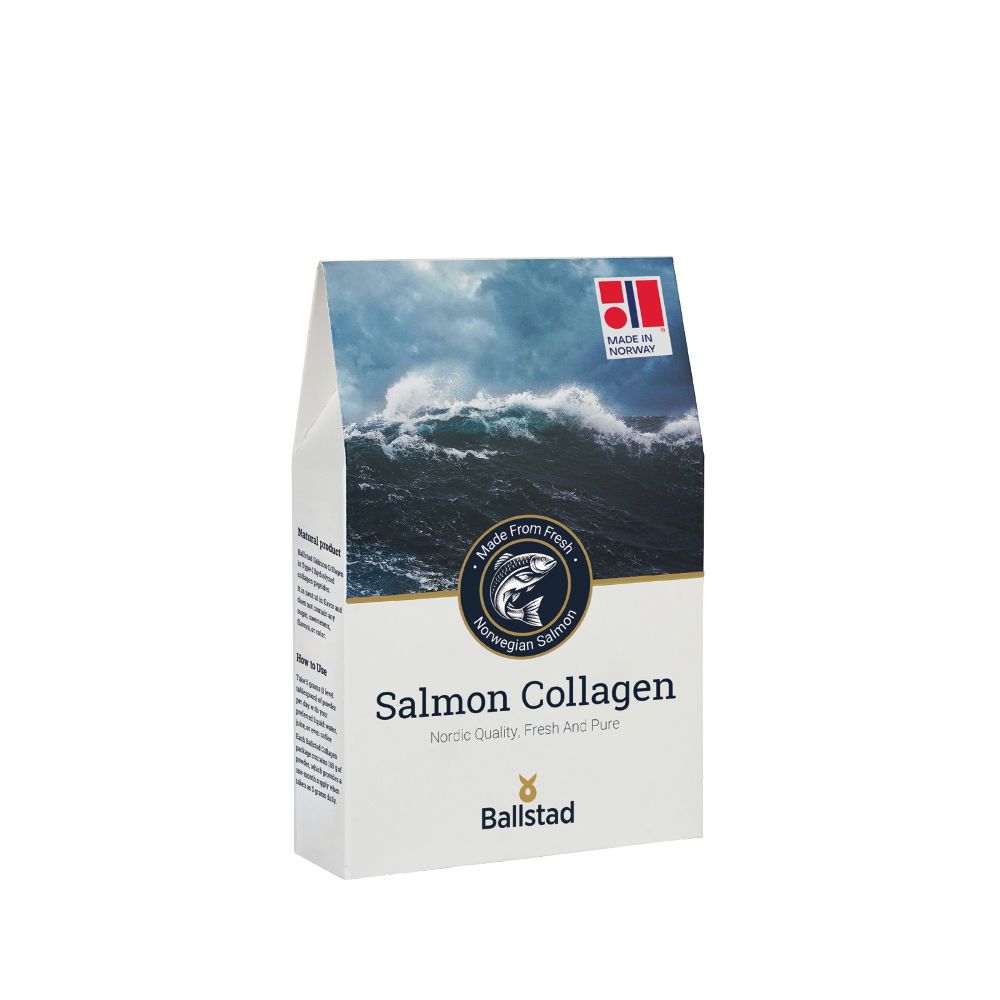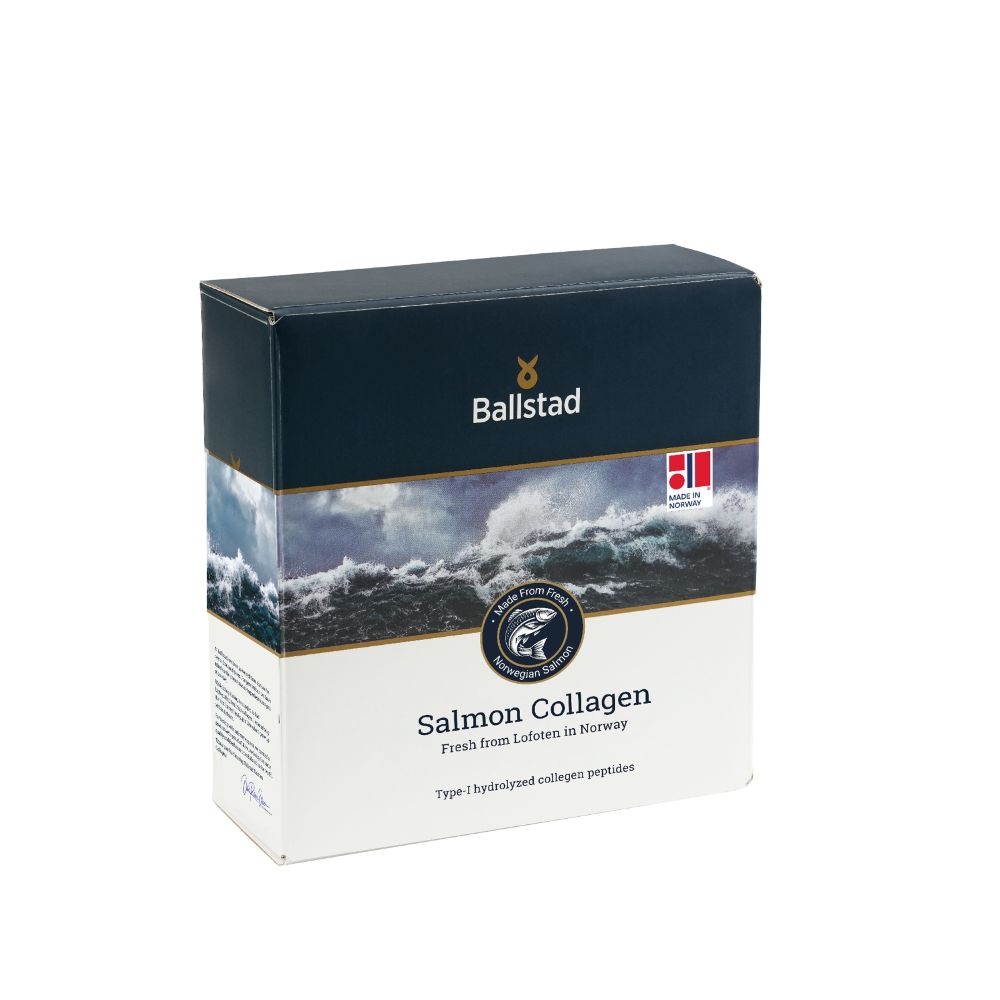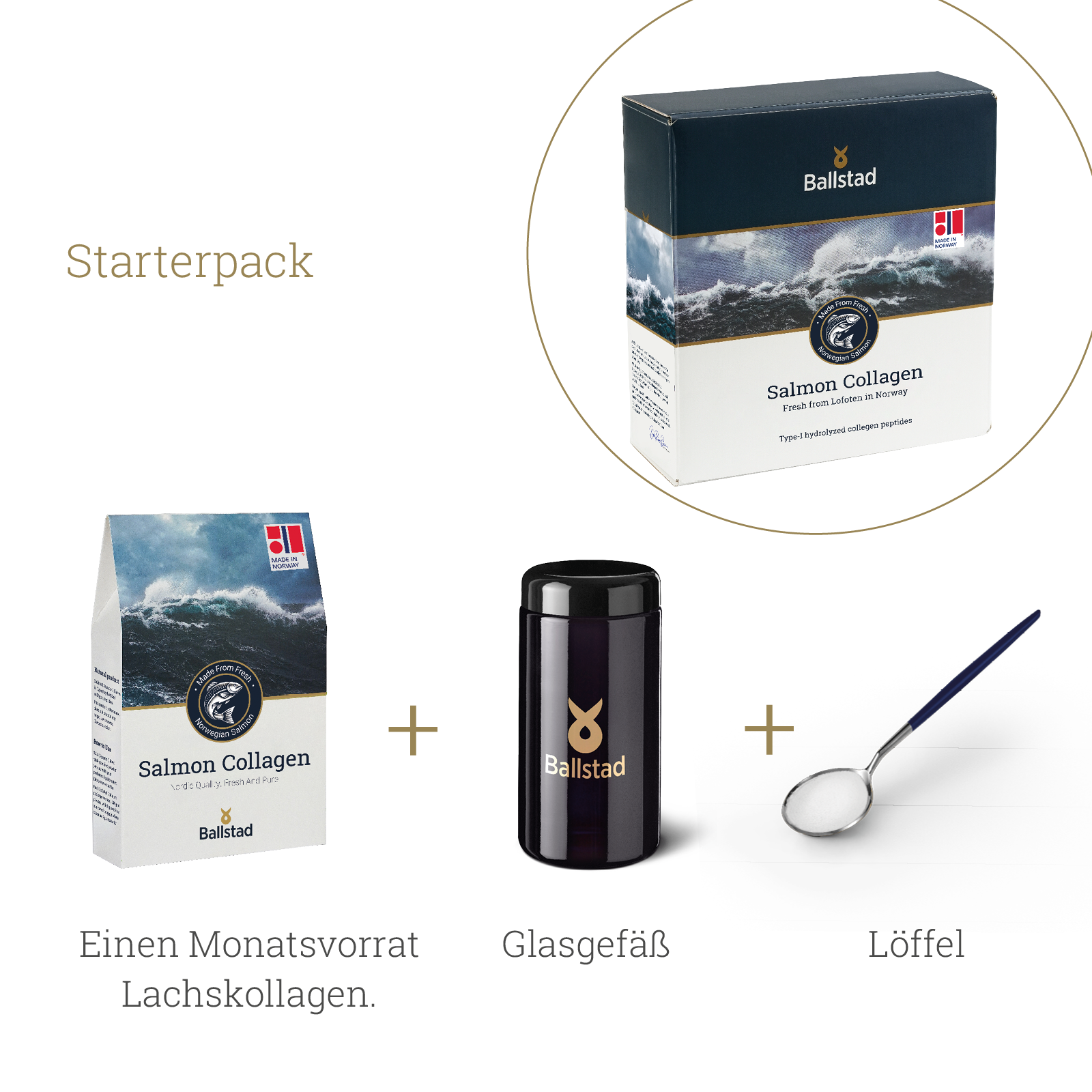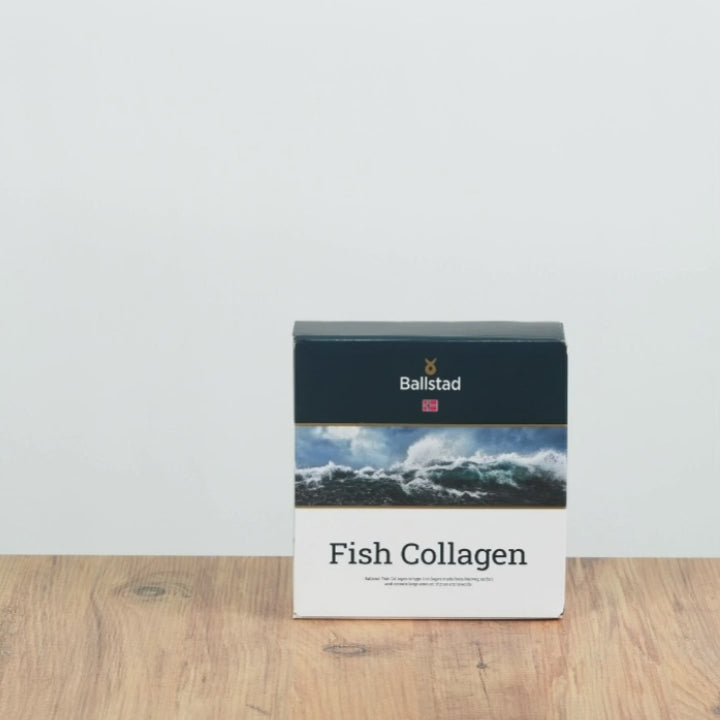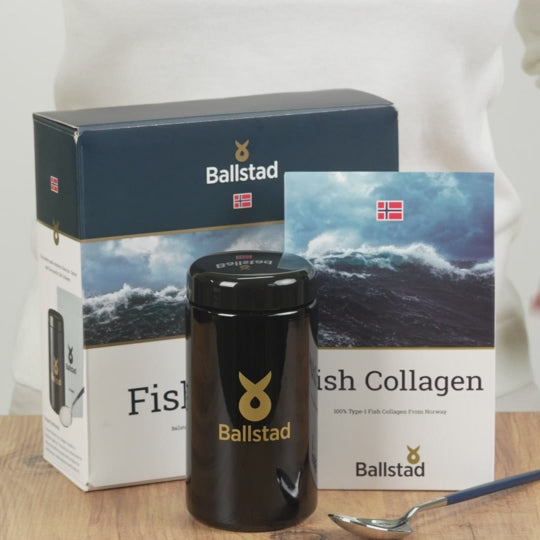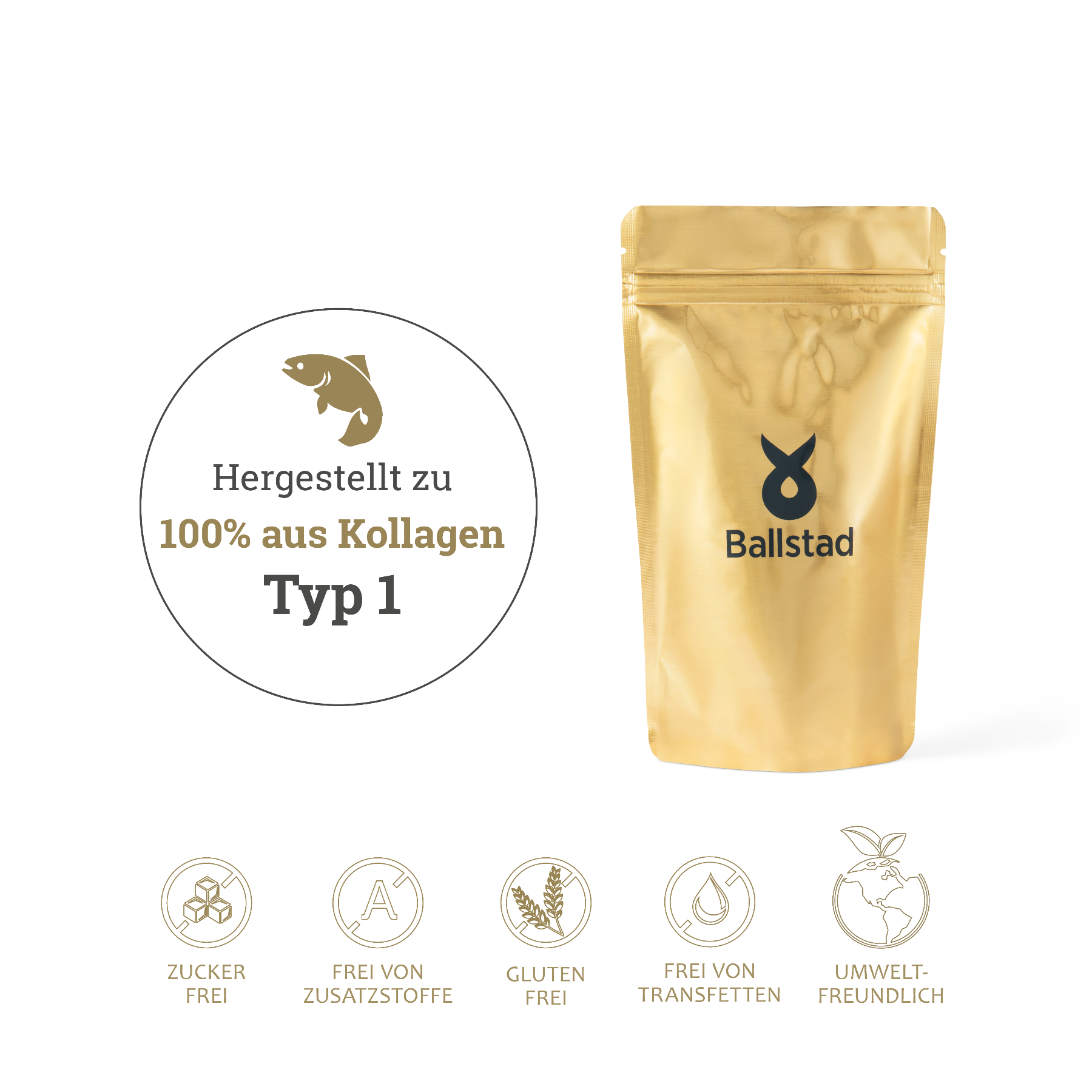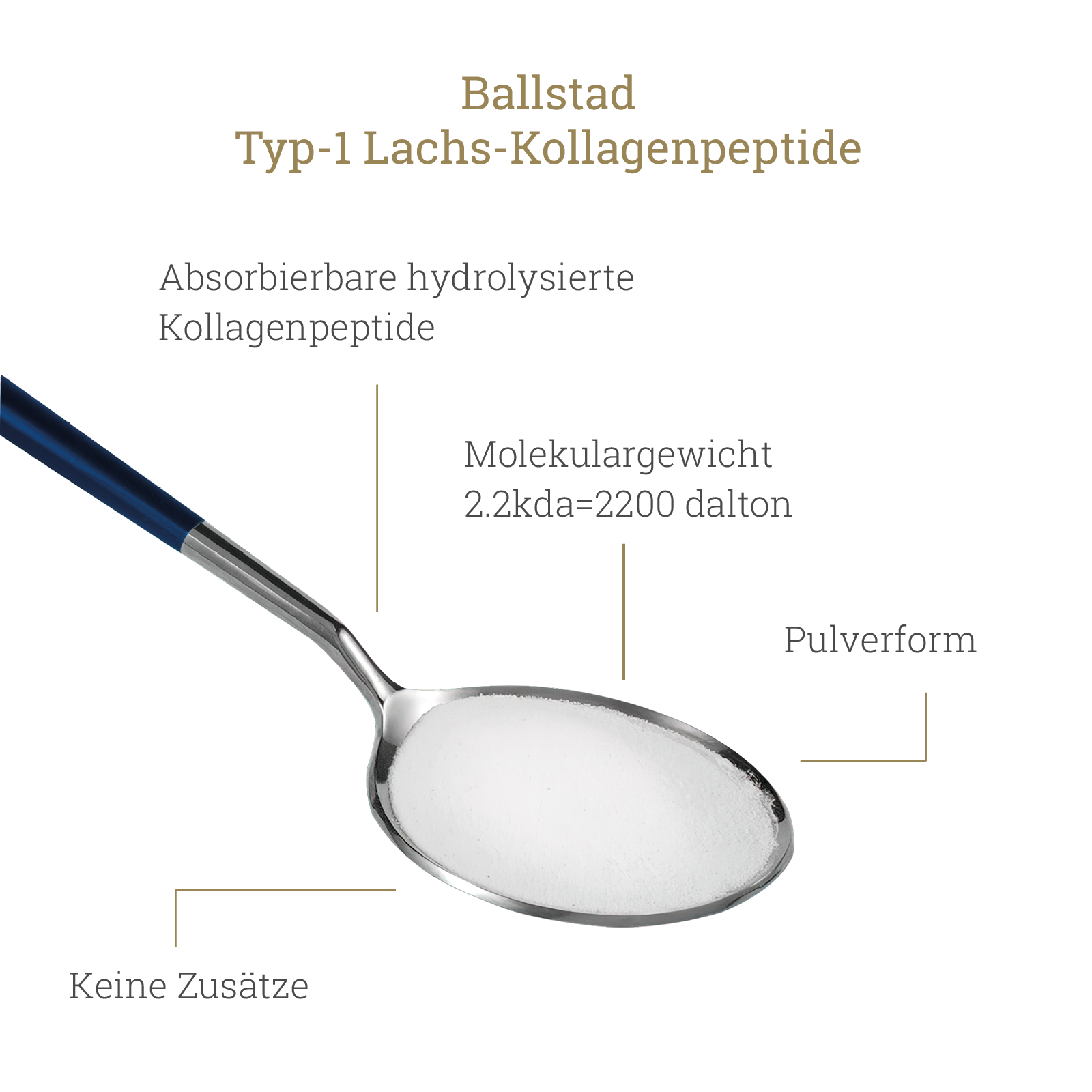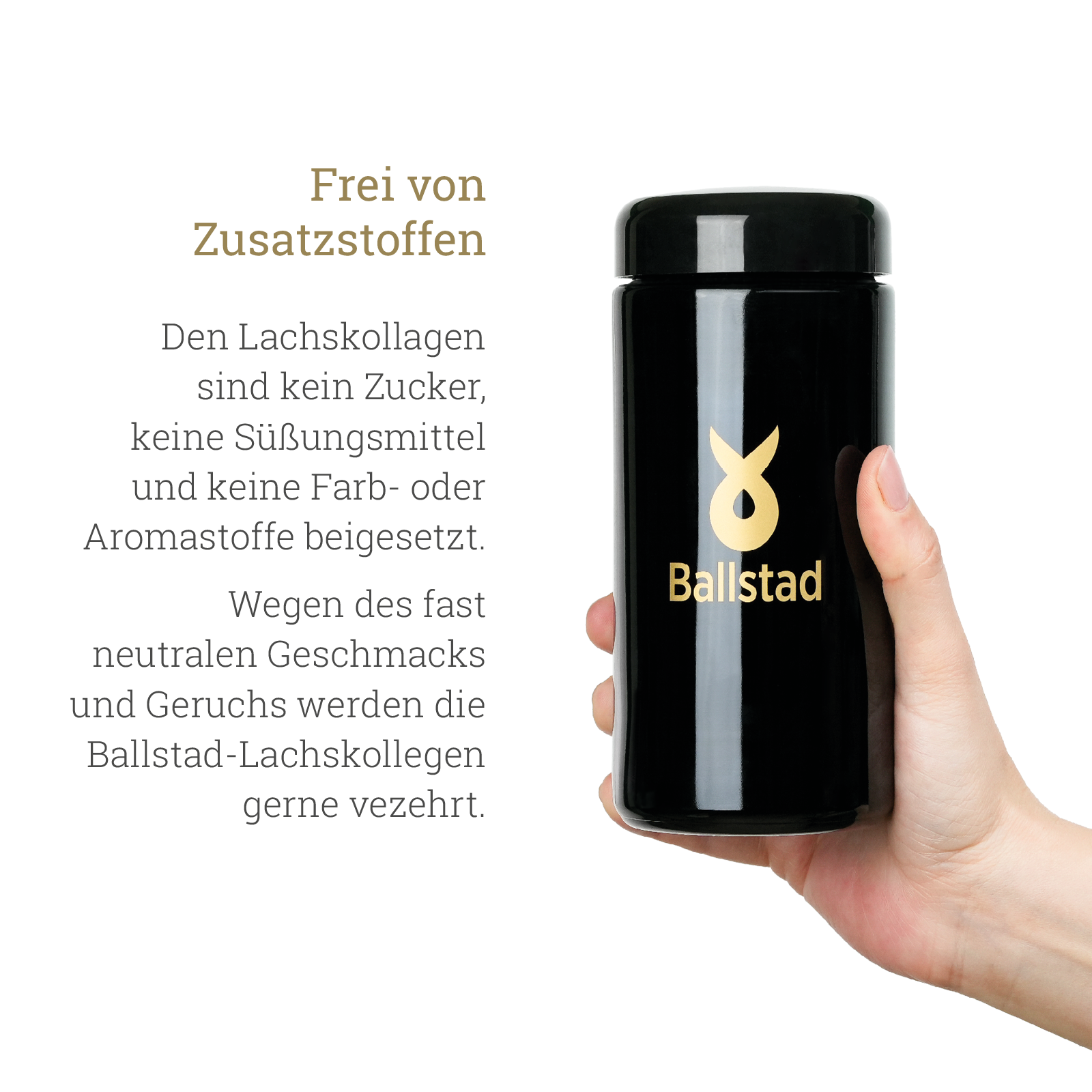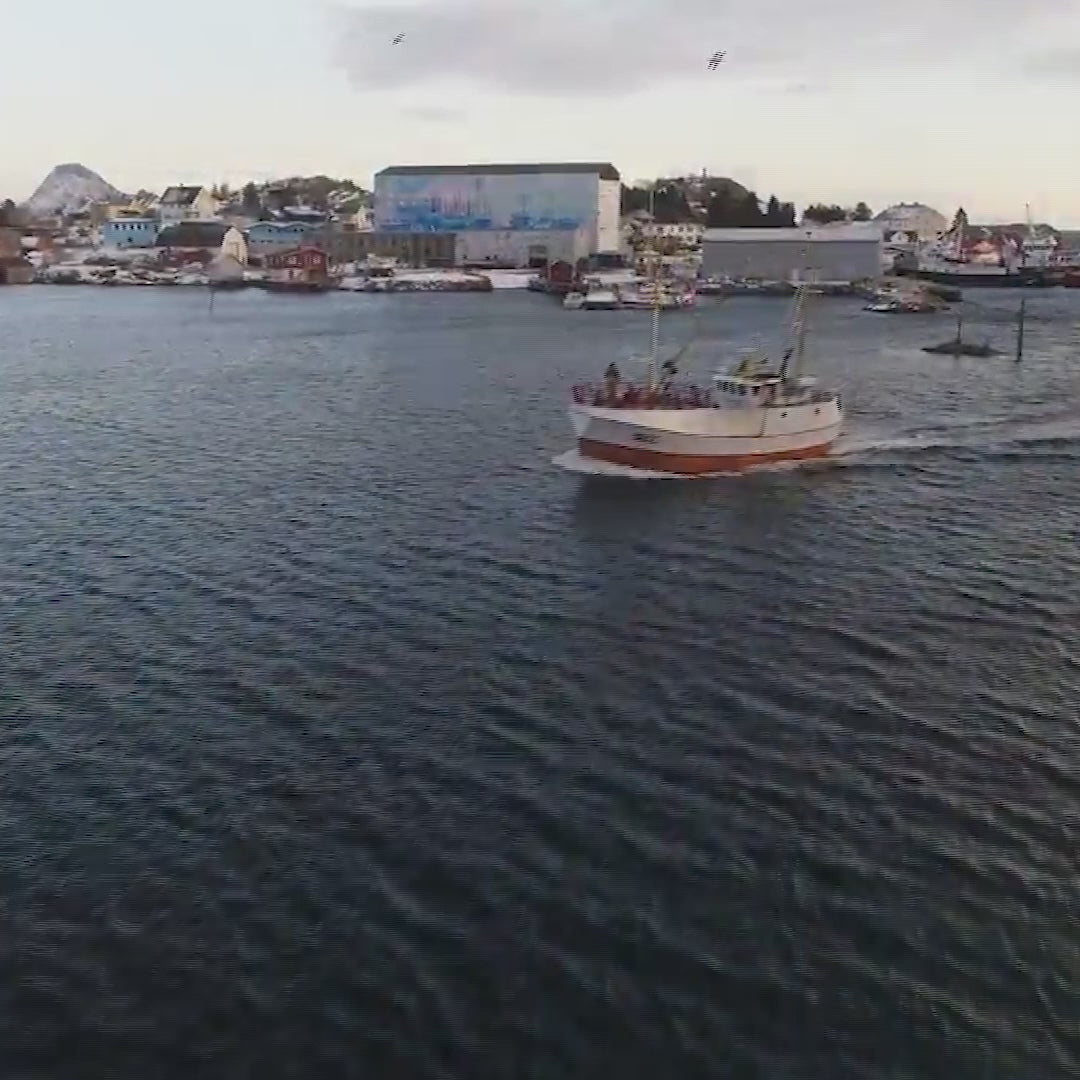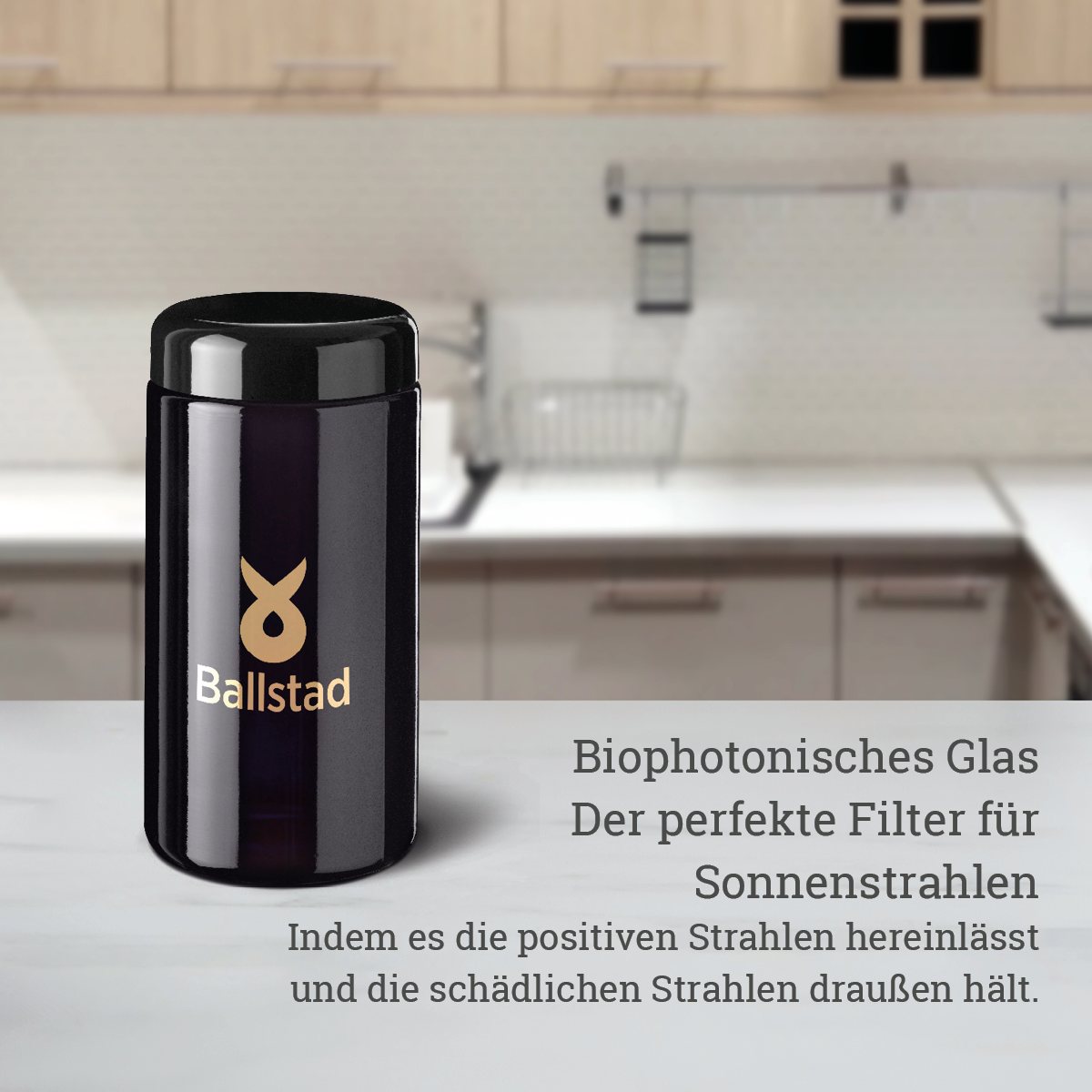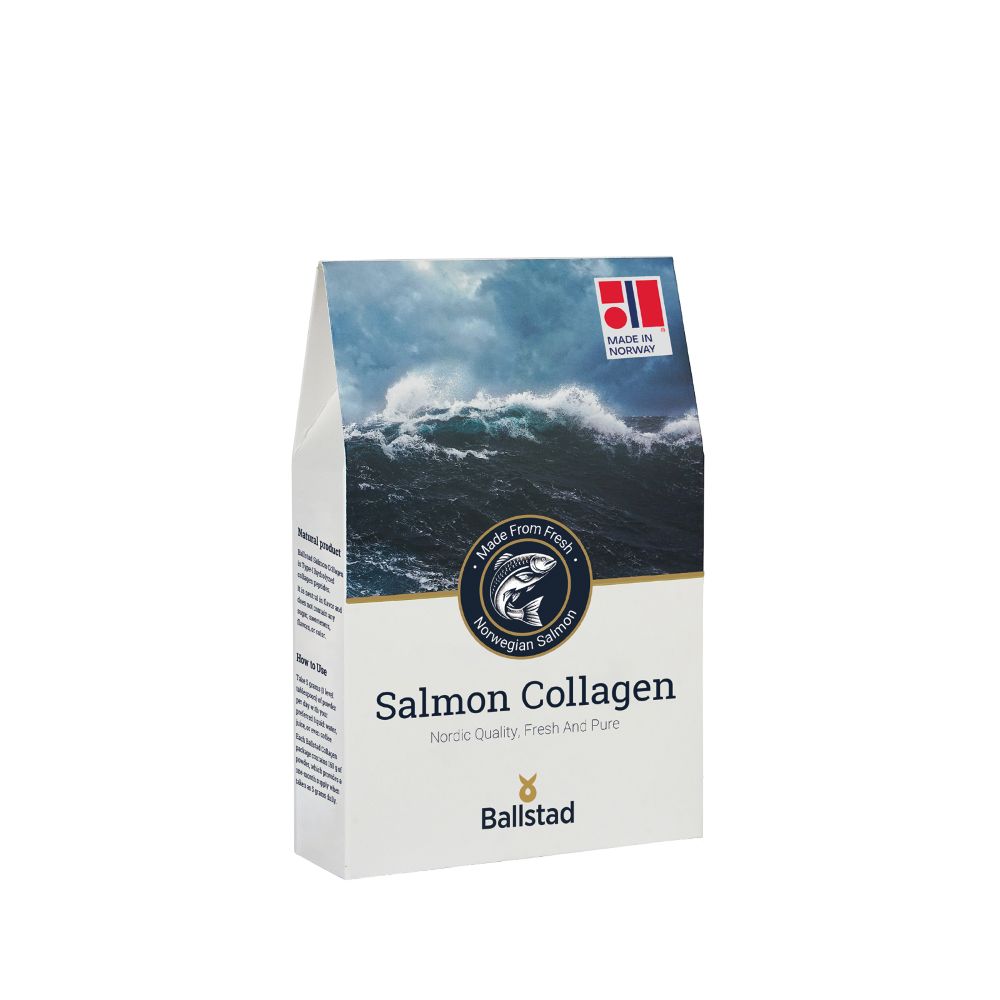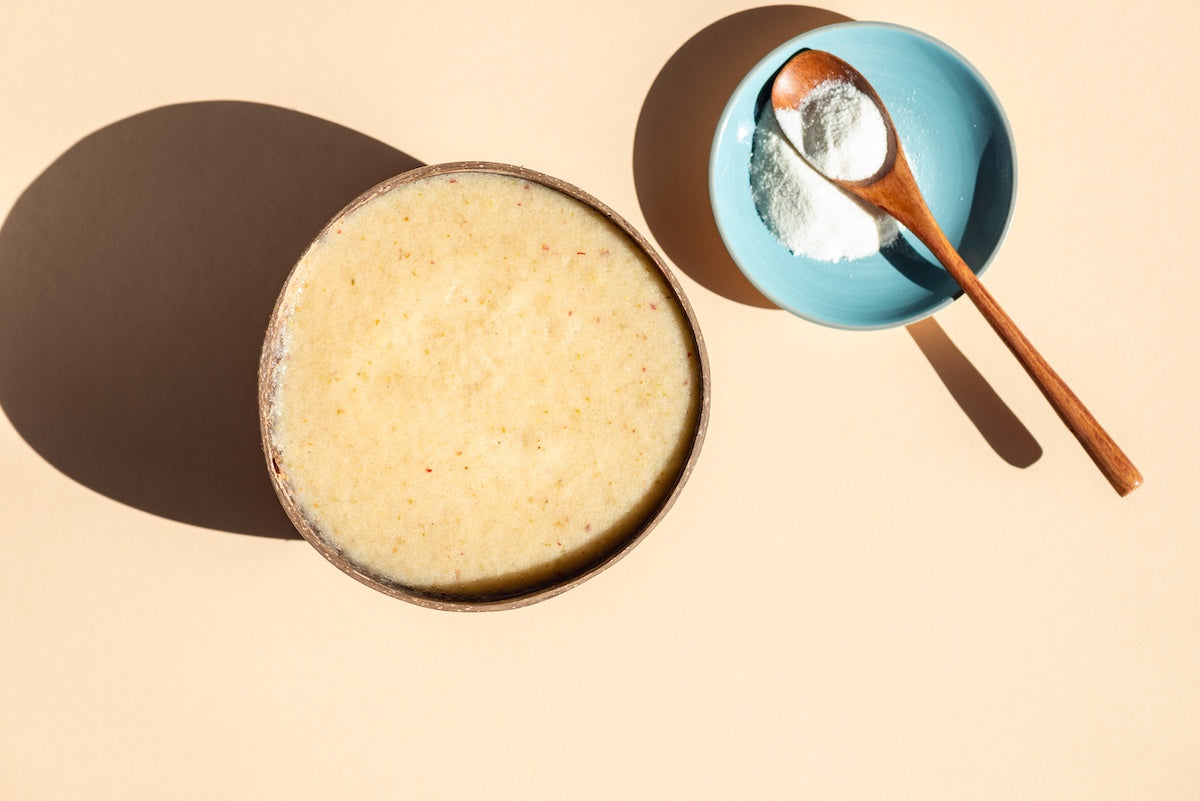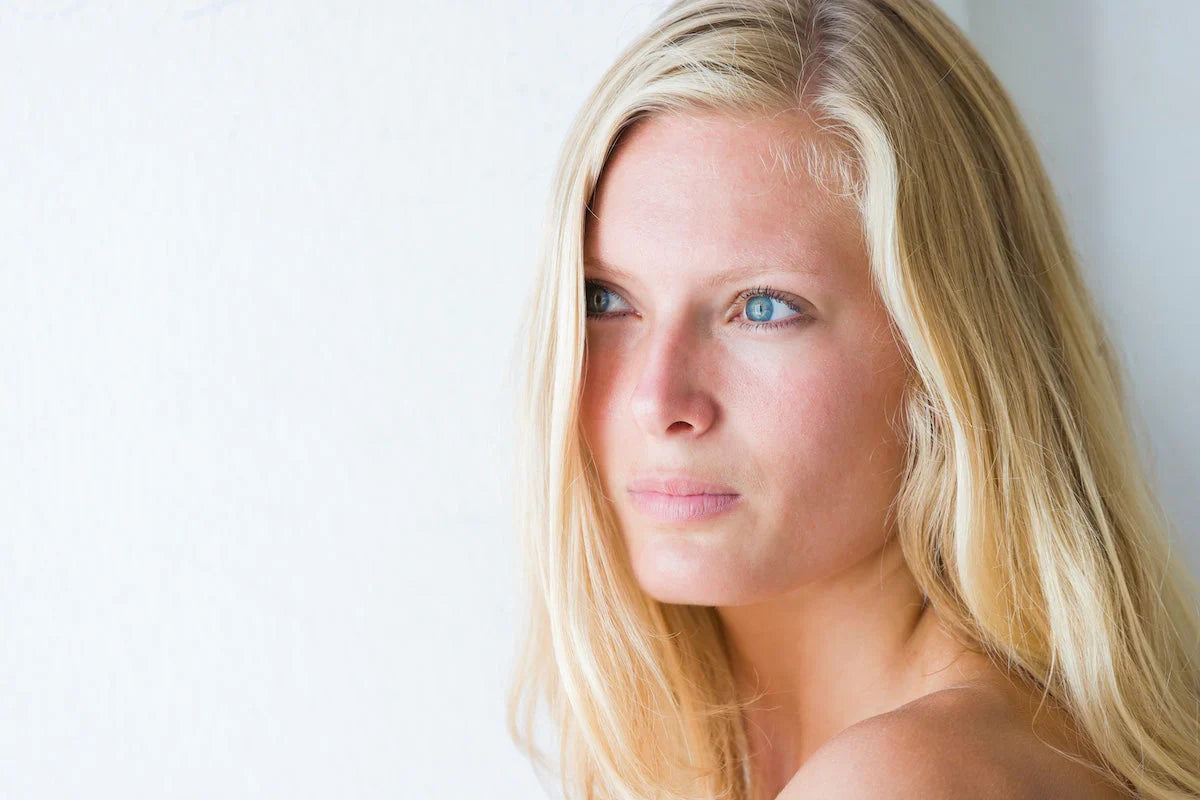Source: OmegaQuant
High-quality omega-3 sources from the sea
The best sources of omega-3 fatty acids come from cold-water fish such as anchovies, sardines, and mackerel. These fish live in nutrient-rich waters where cold, deep water rises to the surface due to upwelling. This natural process increases the ocean's biological productivity.
The Norwegian mackerel: A valued food fish
Norwegian mackerel is prized as a delicacy in many parts of the world. It is an active, oily fish with firm, juicy flesh—a natural source of valuable omega-3 fatty acids.
High concentrations of mackerel are found in the Norwegian Sea, the Skagerrak and southeast of the Shetland Islands.
-
Maximum length: 65 cm
-
Maximum weight: 3.5 kg
Nutritional value of 100 g of raw mackerel (edible part, May–June):
-
Energy: 516 kJ (123 kcal)
-
Protein: 18.6 g
-
Fat: 5.4 g
-
Saturated fatty acids: 1.2 g
-
Trans fatty acids: 0 g
-
Monounsaturated fatty acids: 2.2 g
-
Polyunsaturated fatty acids: 1.3 g
Habitat and behavior of the mackerel
Mackerel are pelagic fish – they live in the water column rather than on the seafloor. Their natural habitat extends from northwest Africa to the Barents Sea and west of Norway to Iceland and Jan Mayen.
This species of fish prefers waters with temperatures above 6 °C.
Spawning behavior and stock management
In European waters, the Northeast Atlantic mackerel stock is managed as a single unit. There are three main spawning groups:
-
North Sea mackerel (May–July, North Sea and Skagerrak)
-
Western mackerel (March–July, west of the British Isles)
-
Southern mackerel (February–May, coasts of Spain and Portugal)
Mackerel spawn in the upper water layers. The larvae grow to about 20 cm in length within a few months.
The spawning population is estimated based on annual egg production during the spawning season (February–July) in international scientific studies. These studies also examine the number of eggs produced by individual females.


